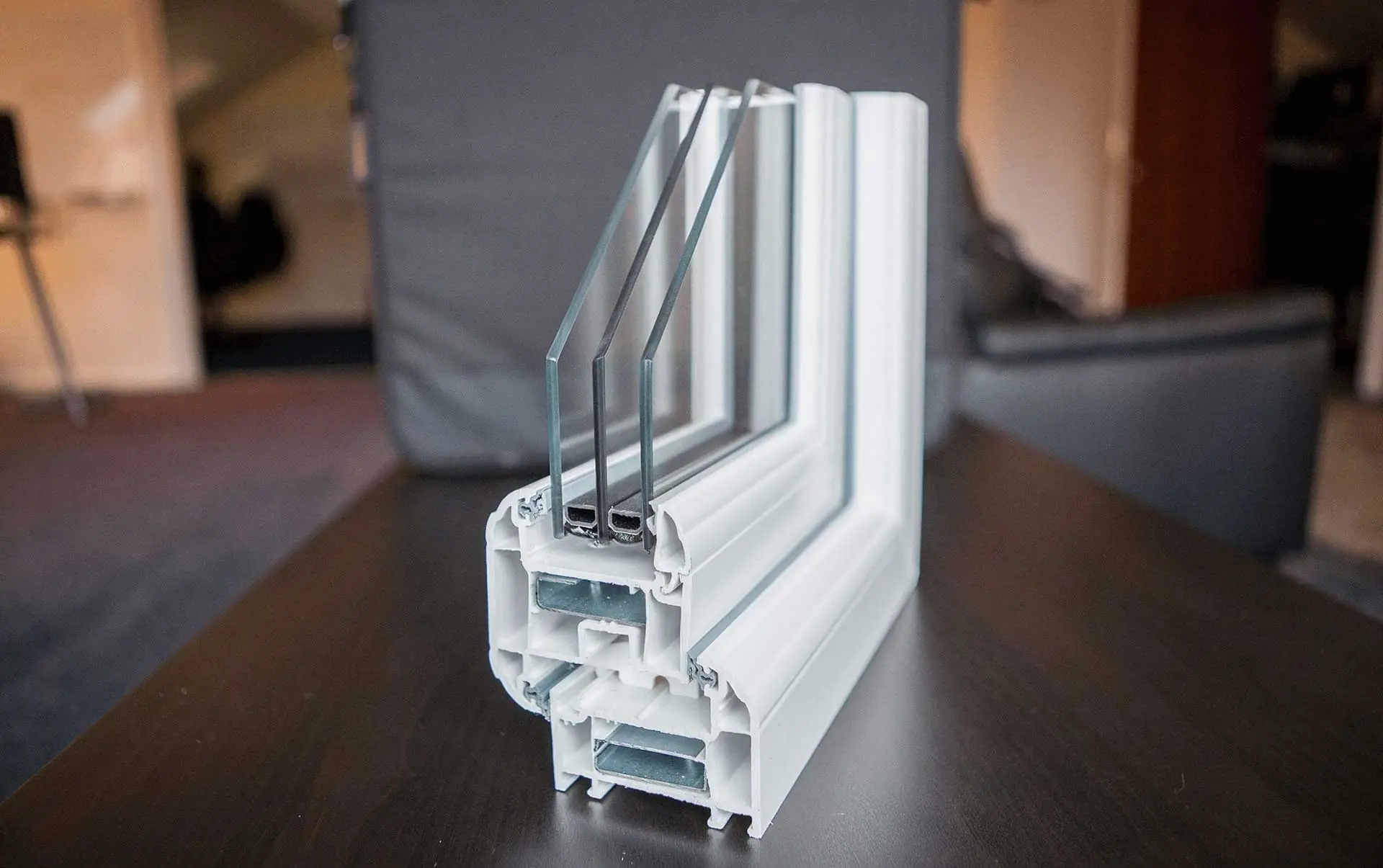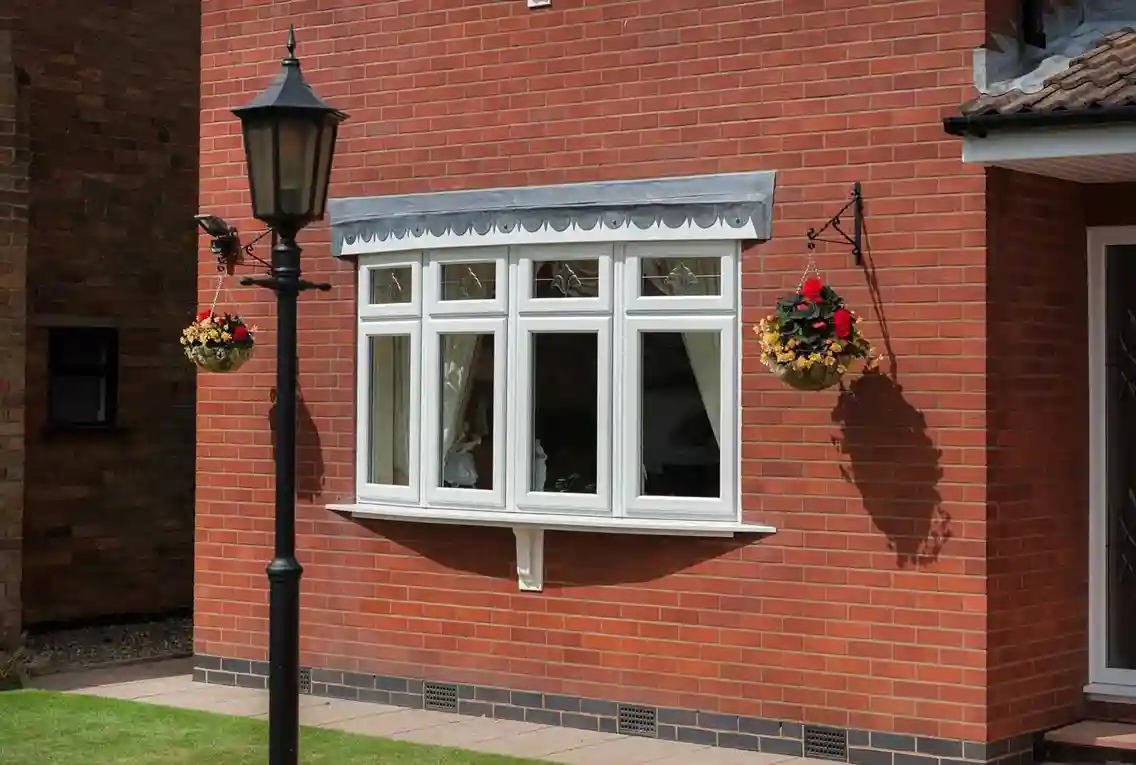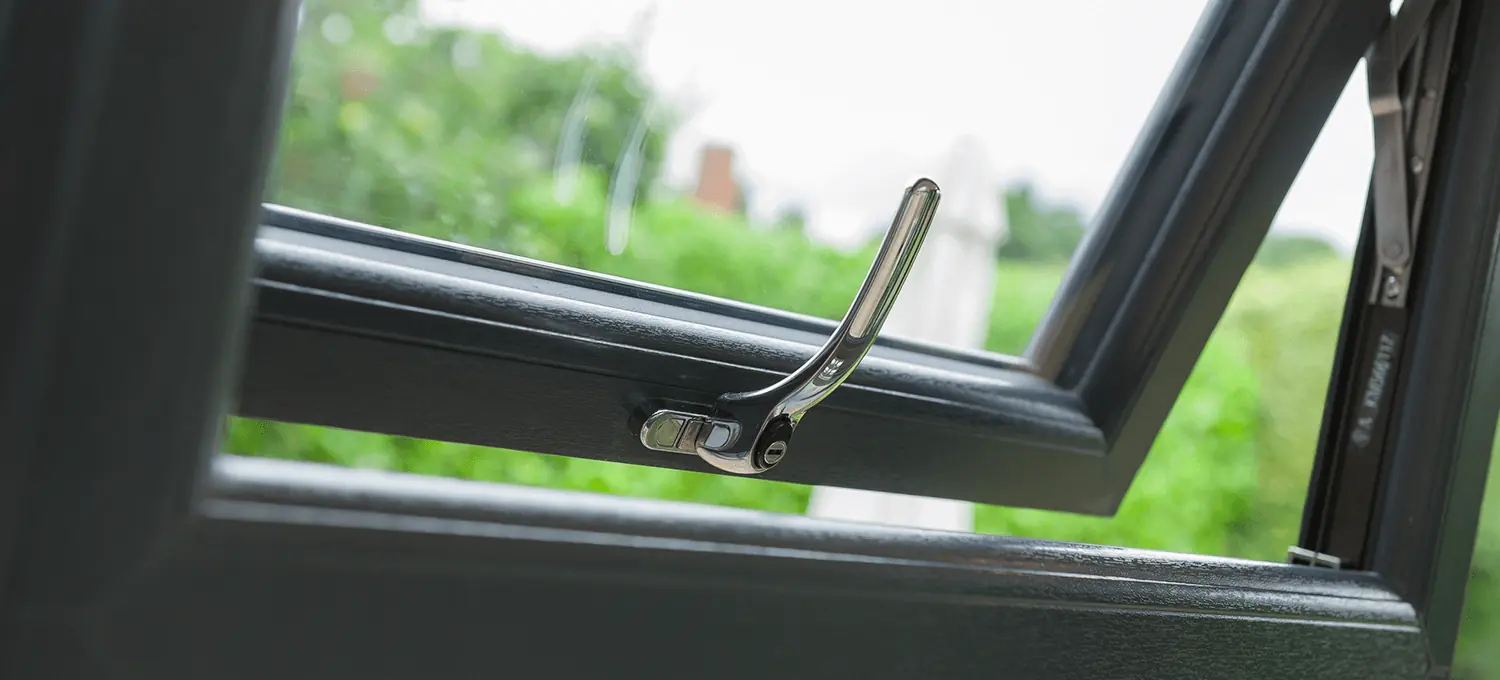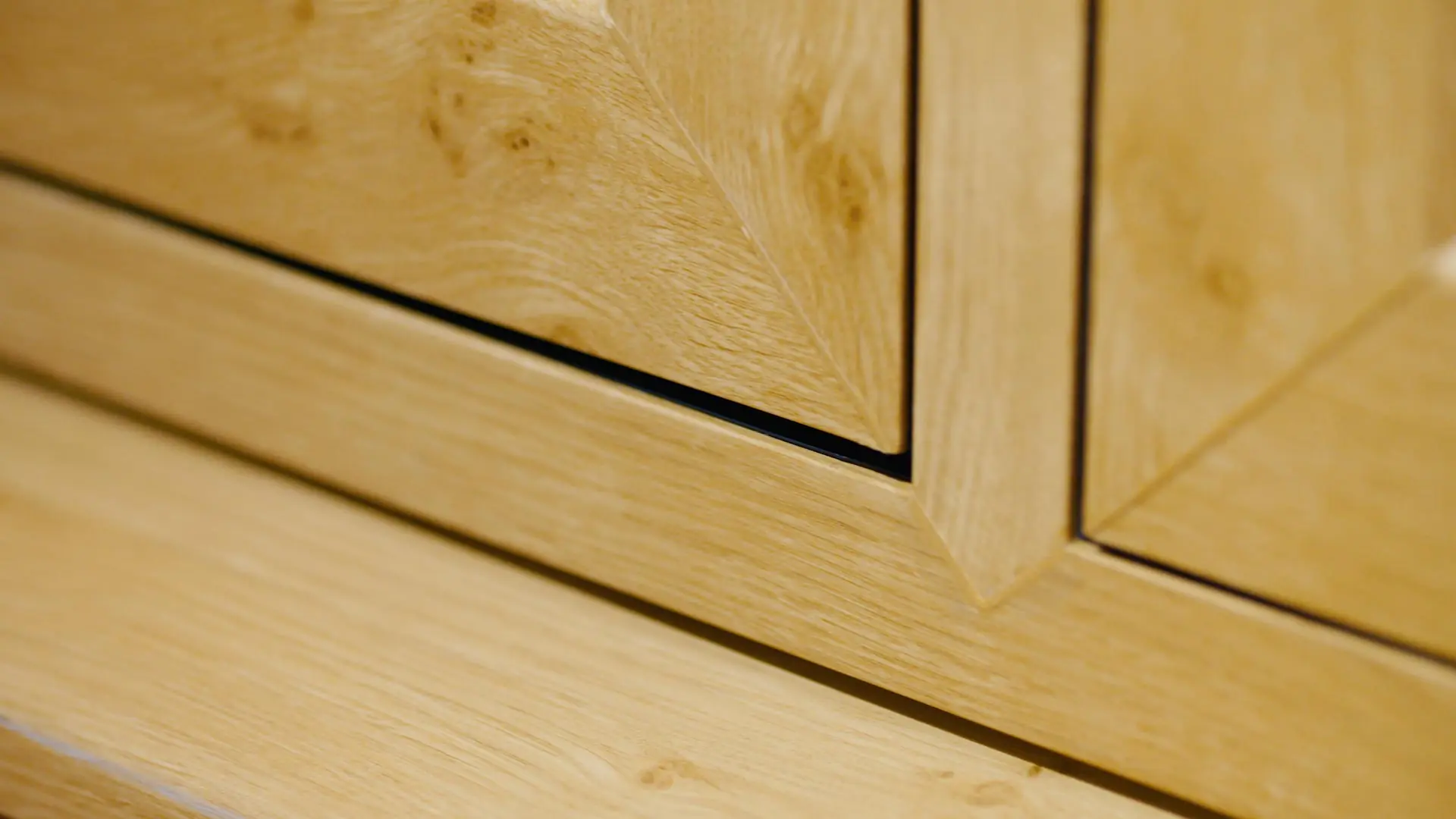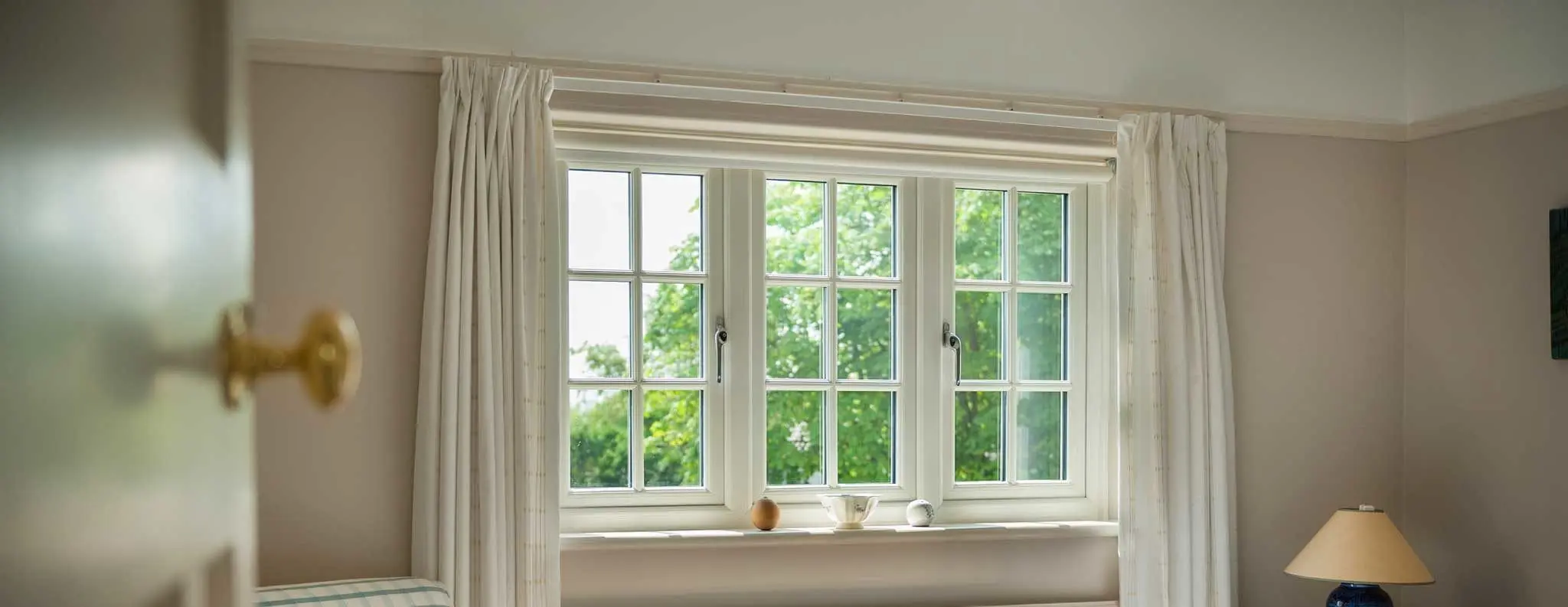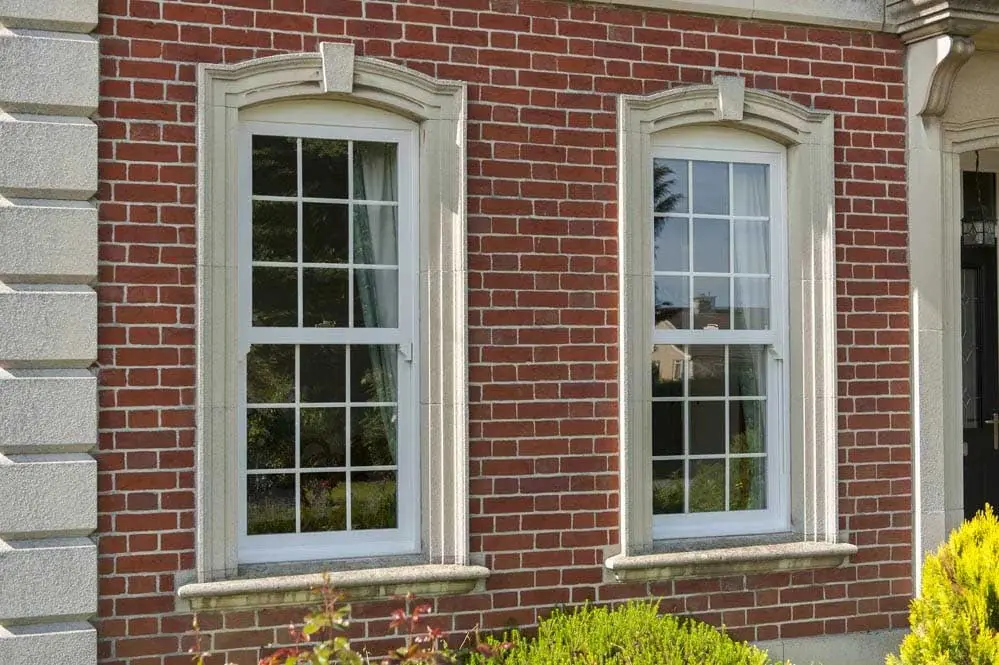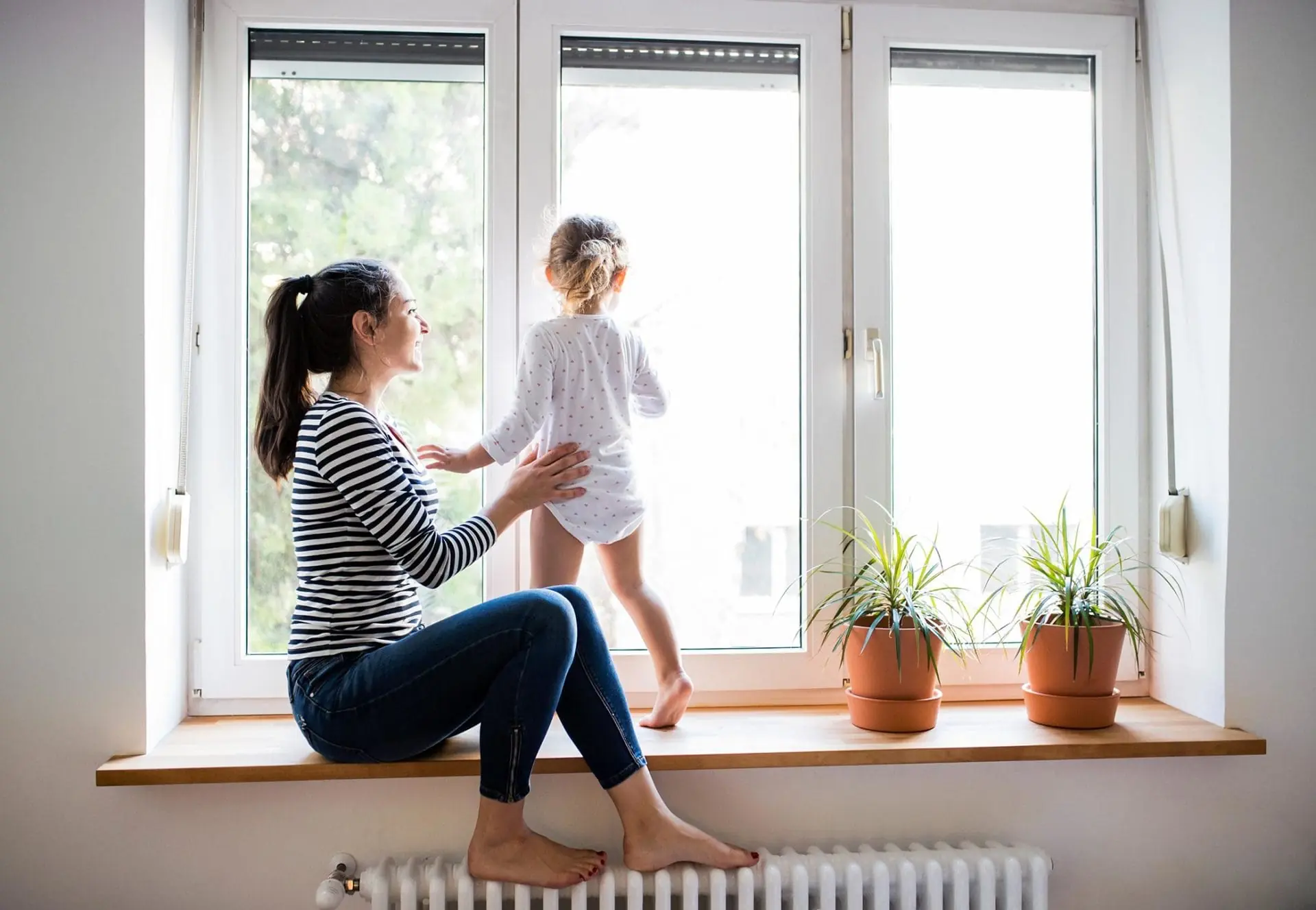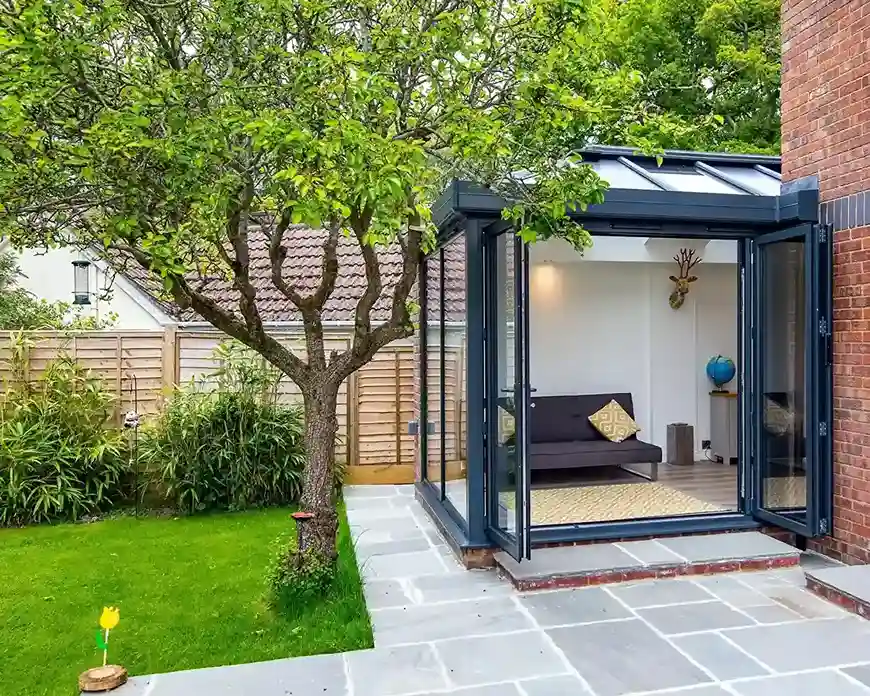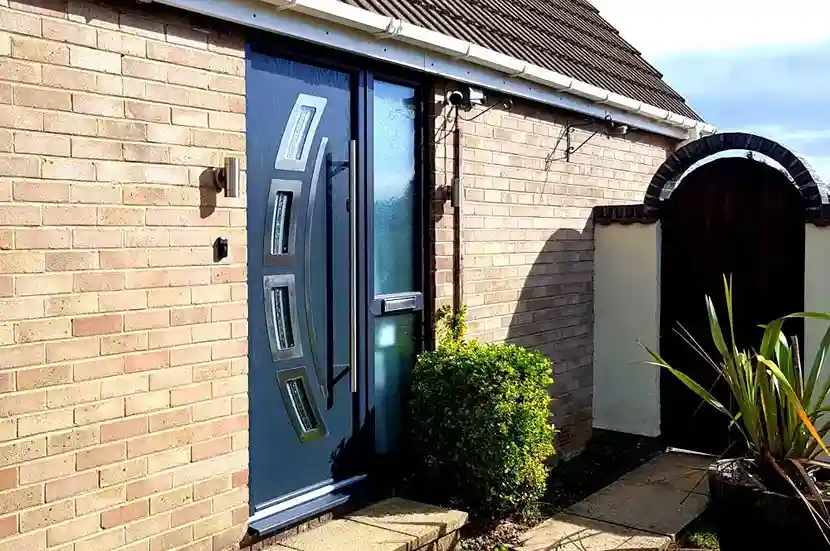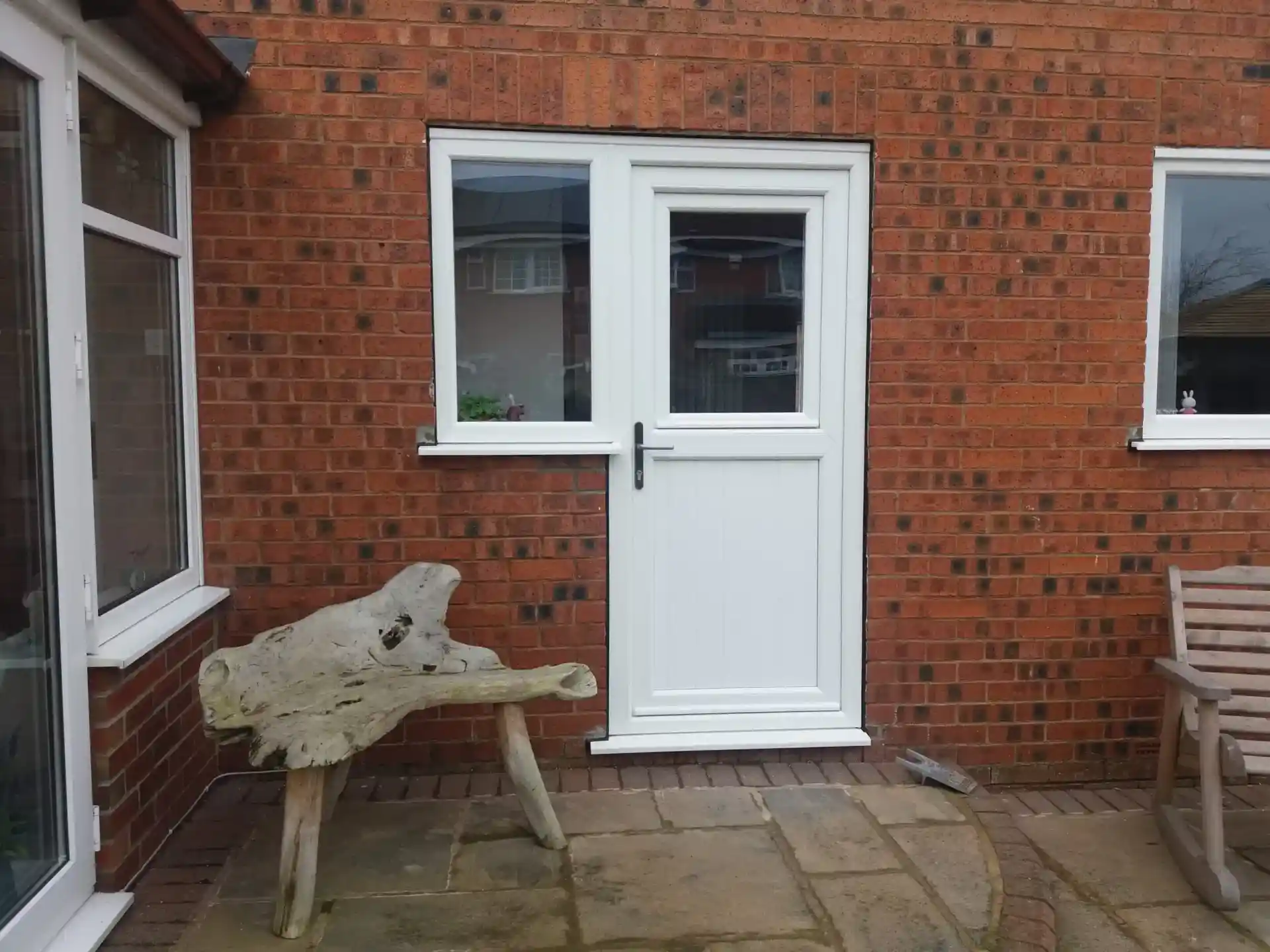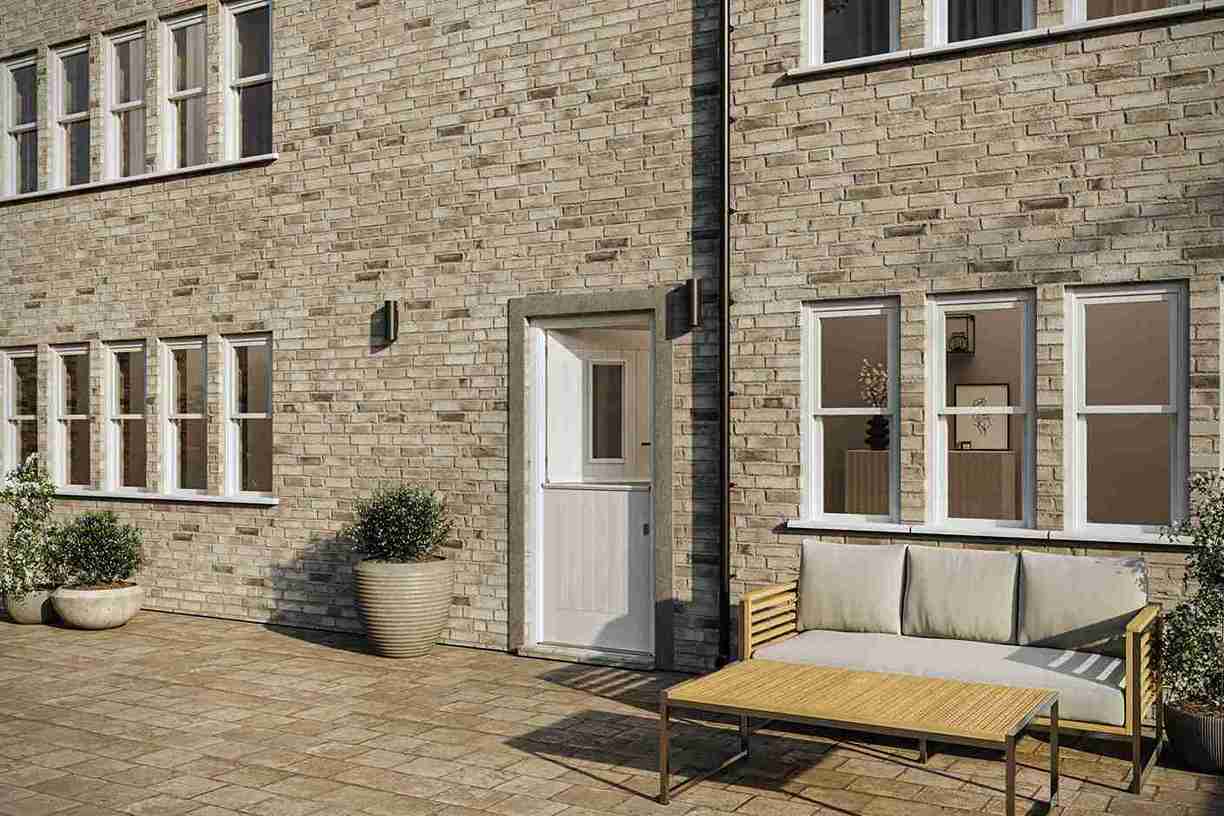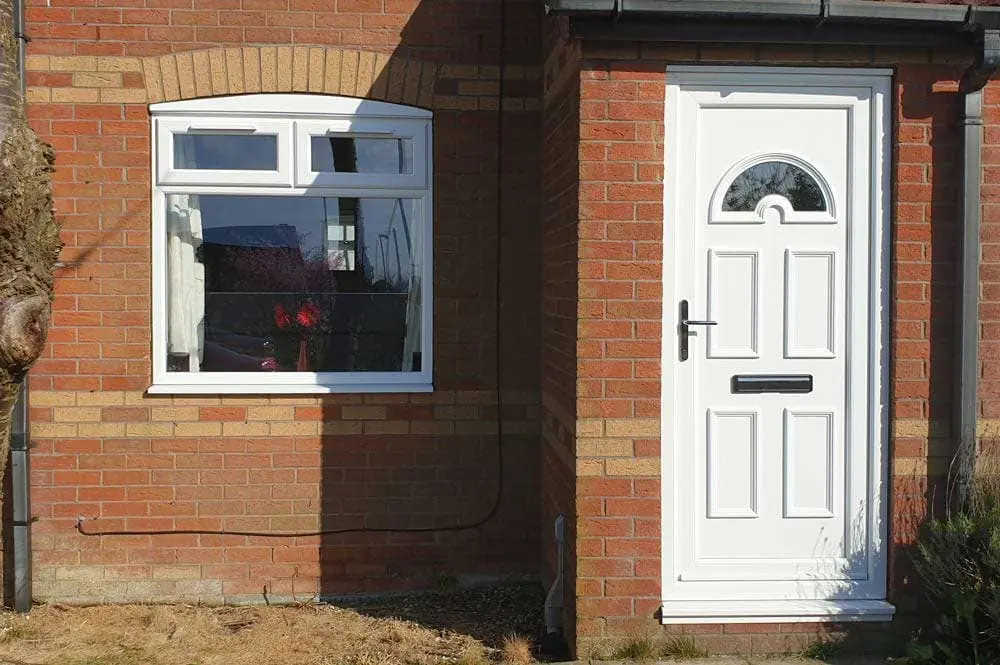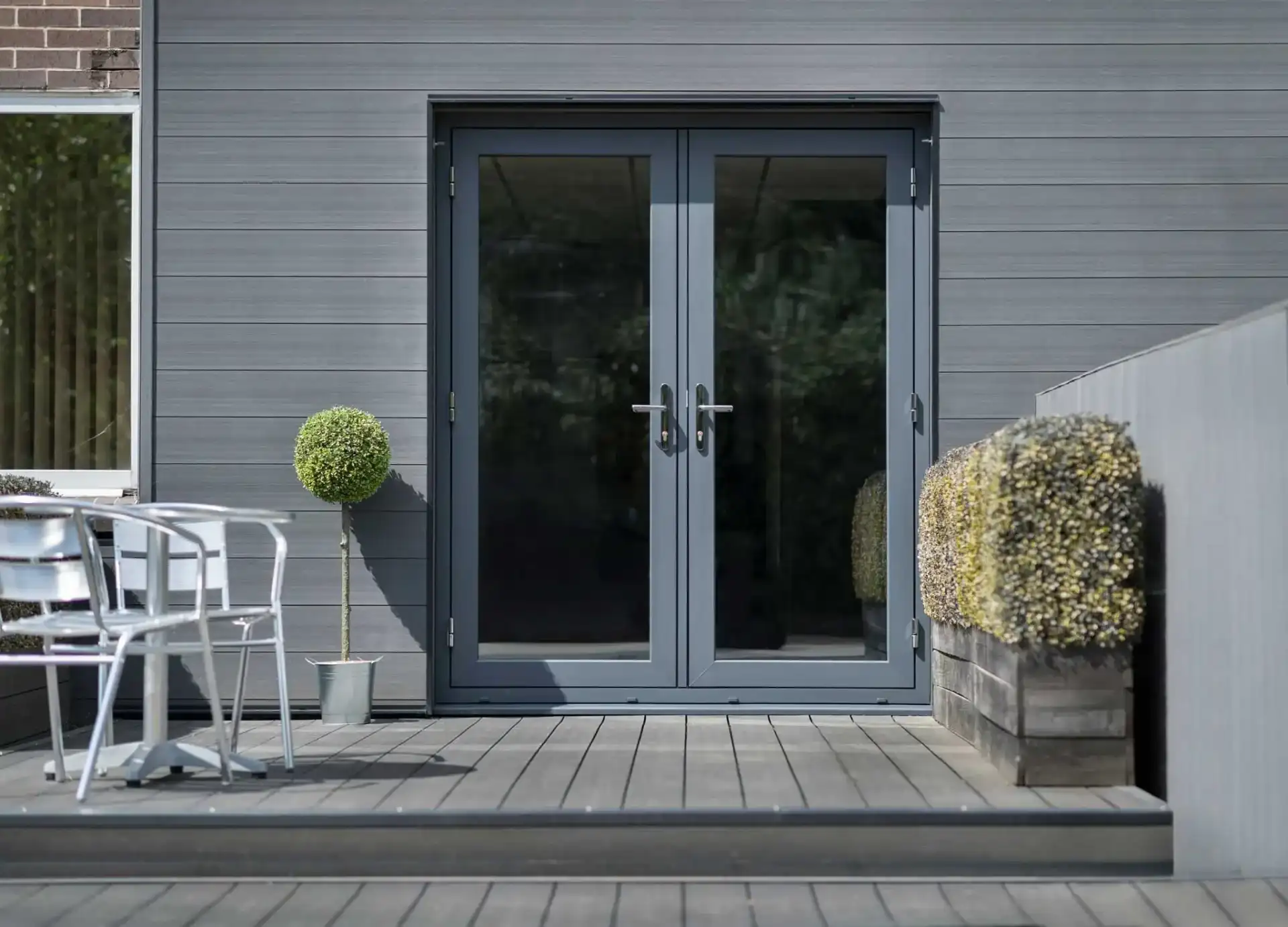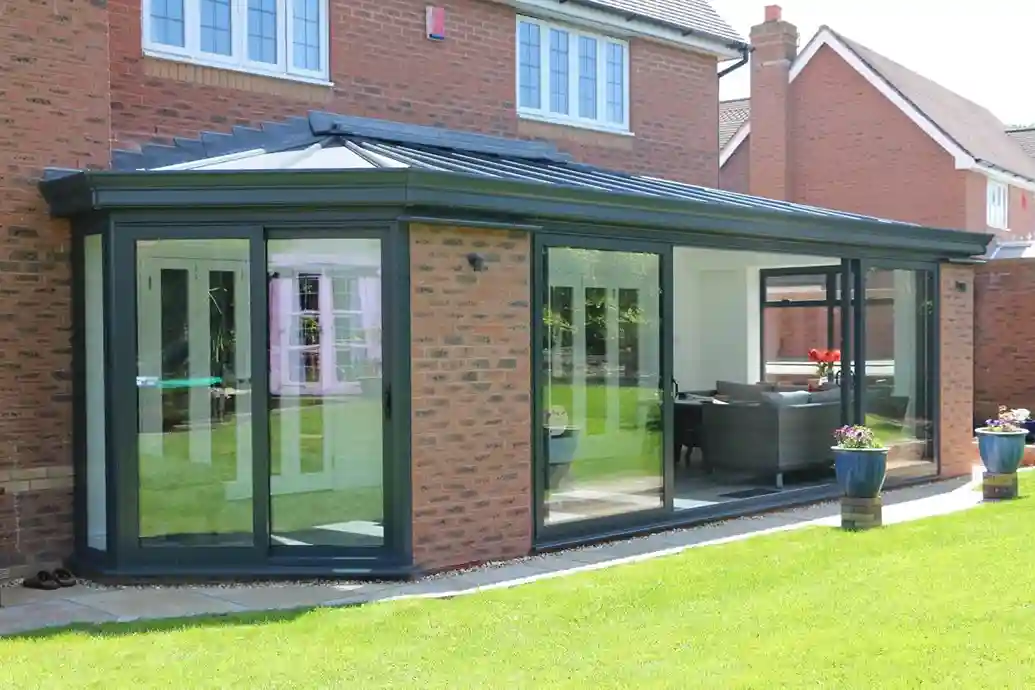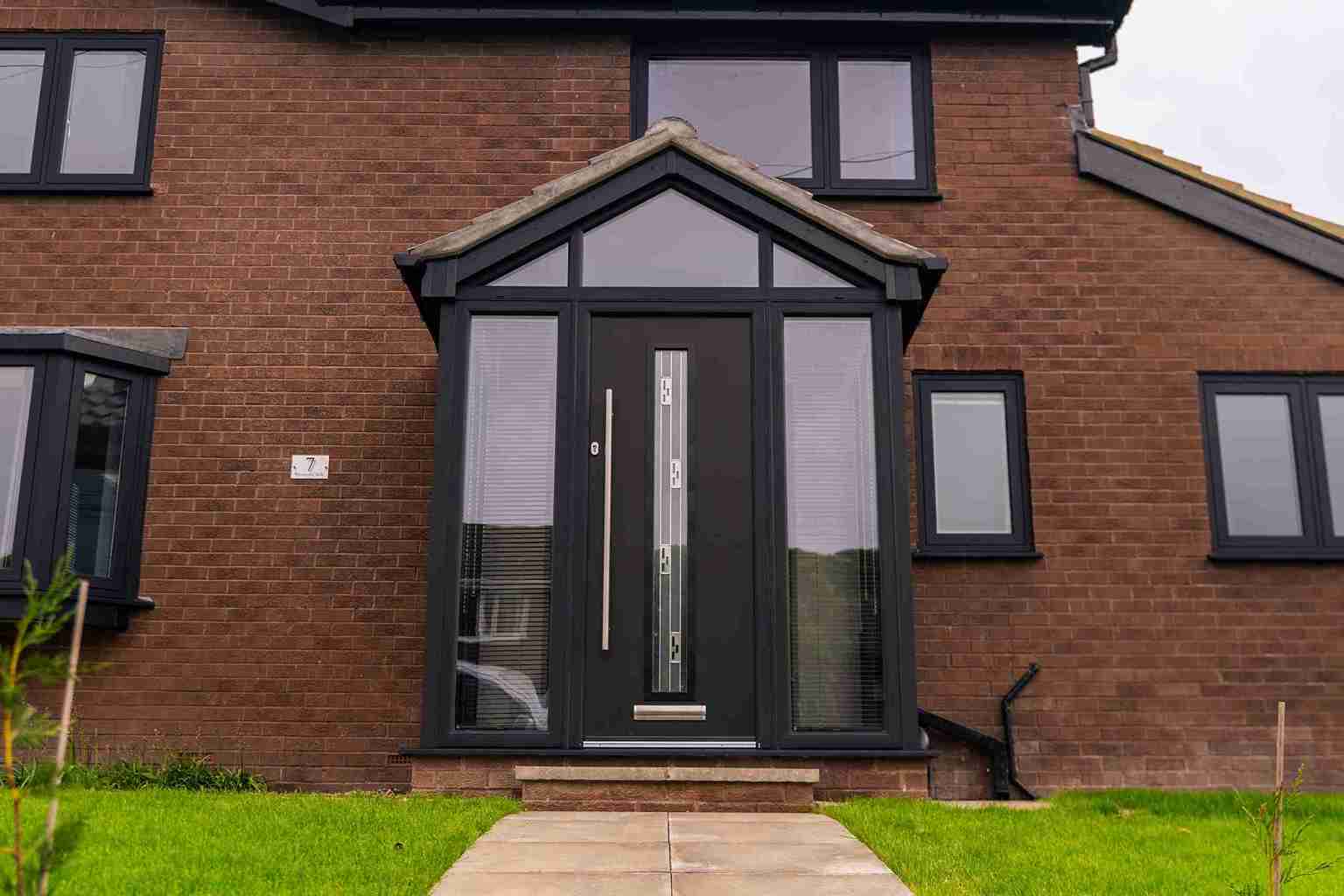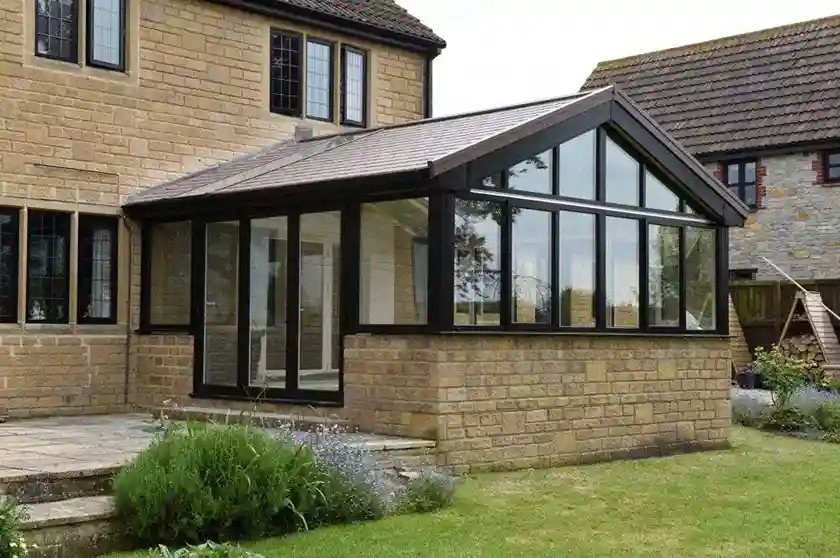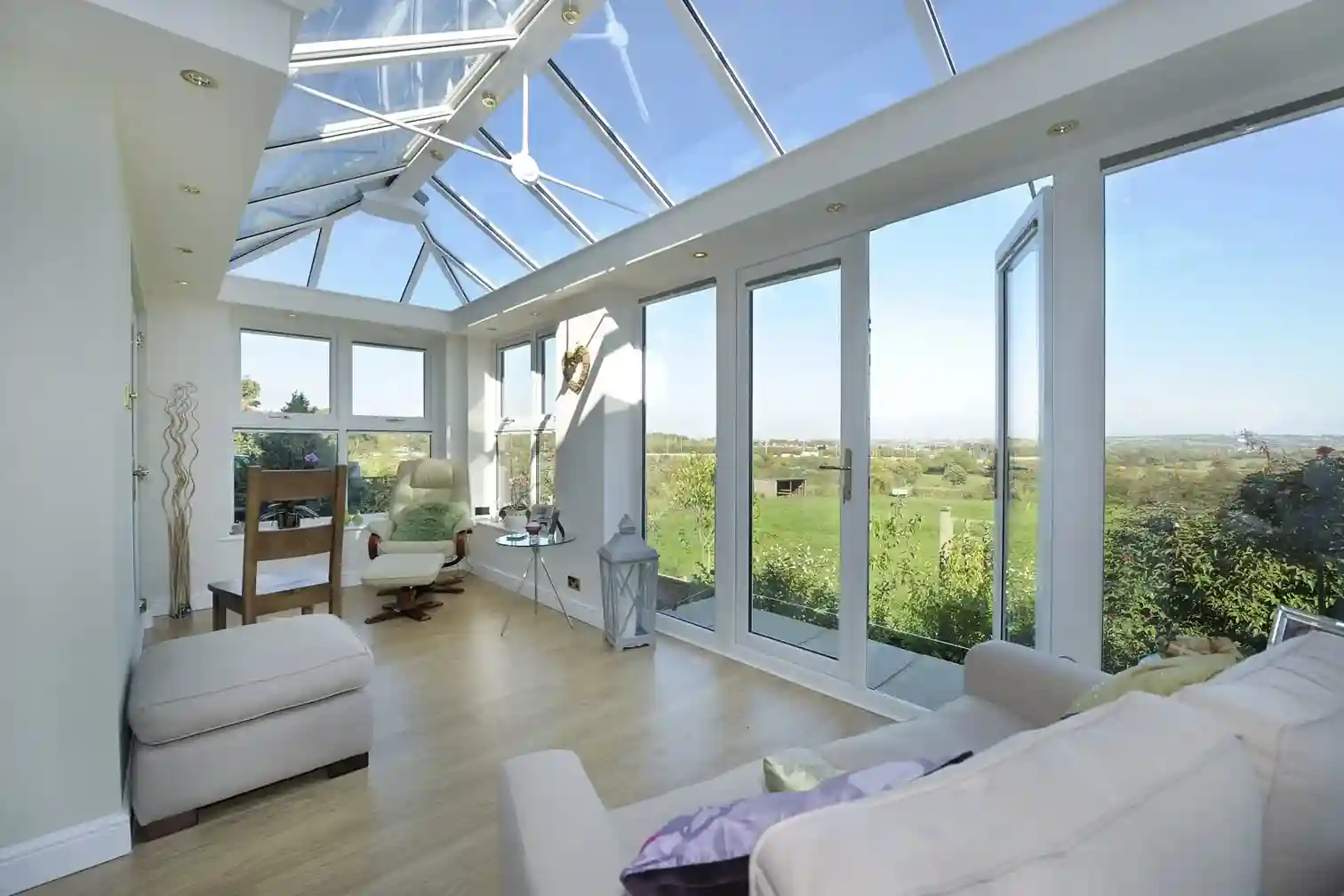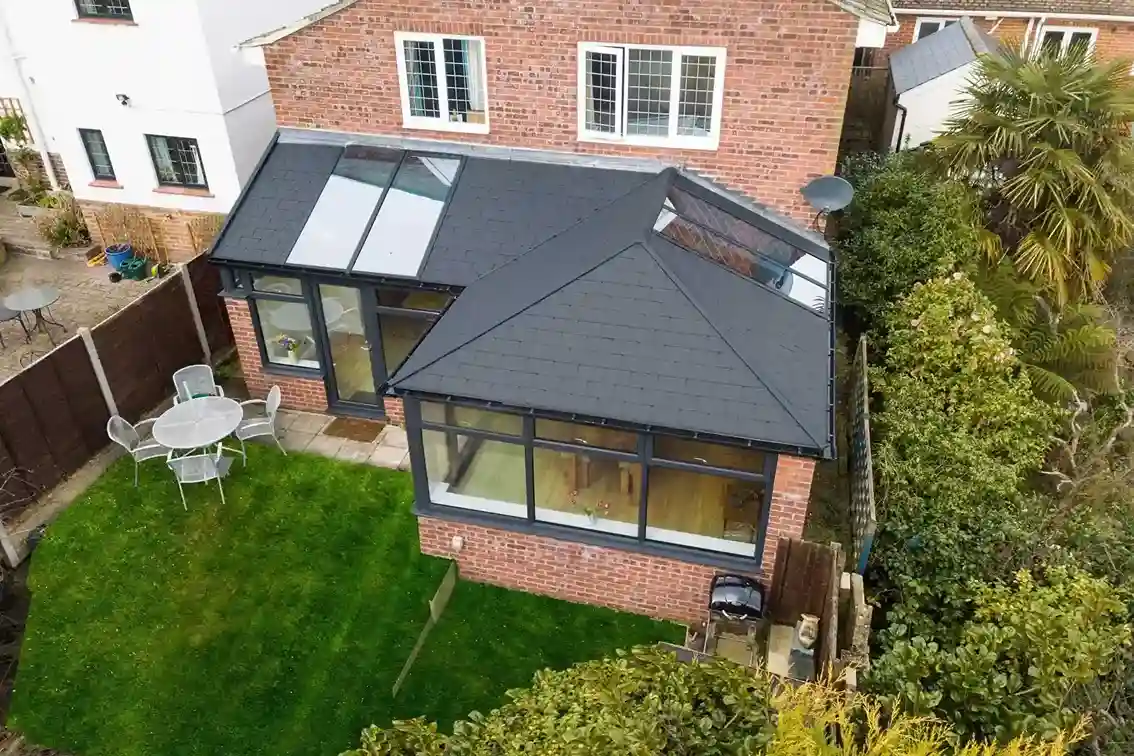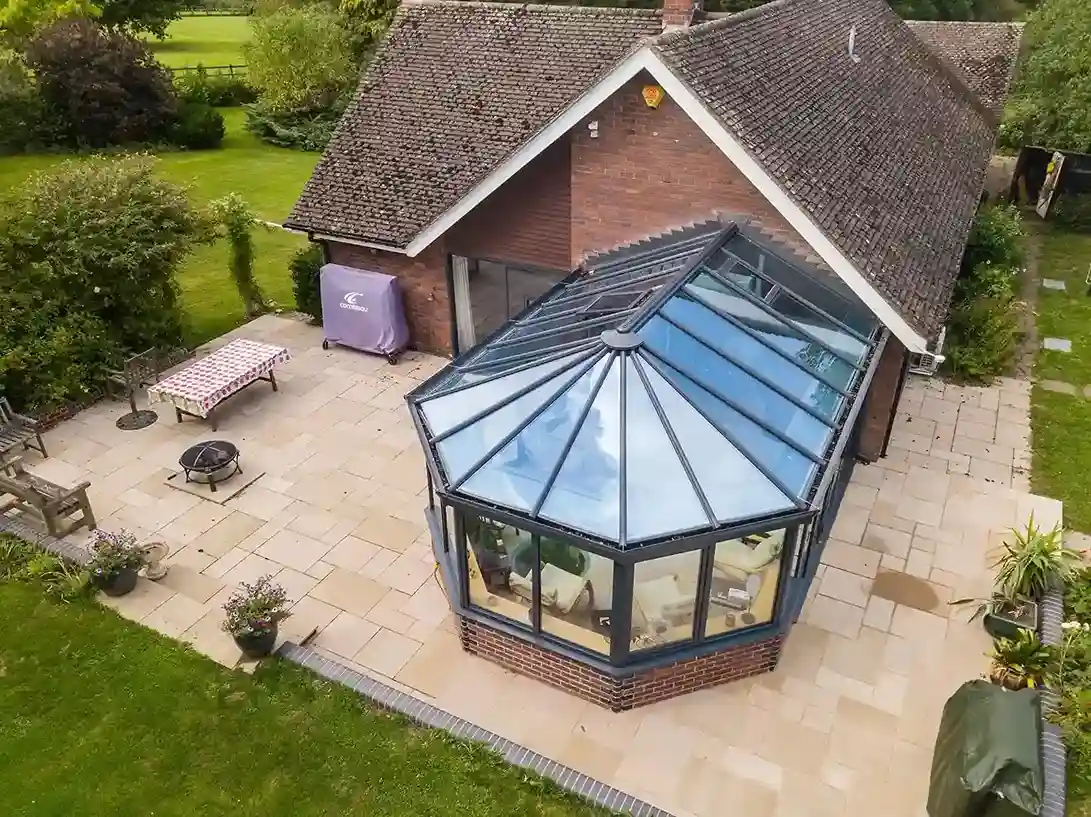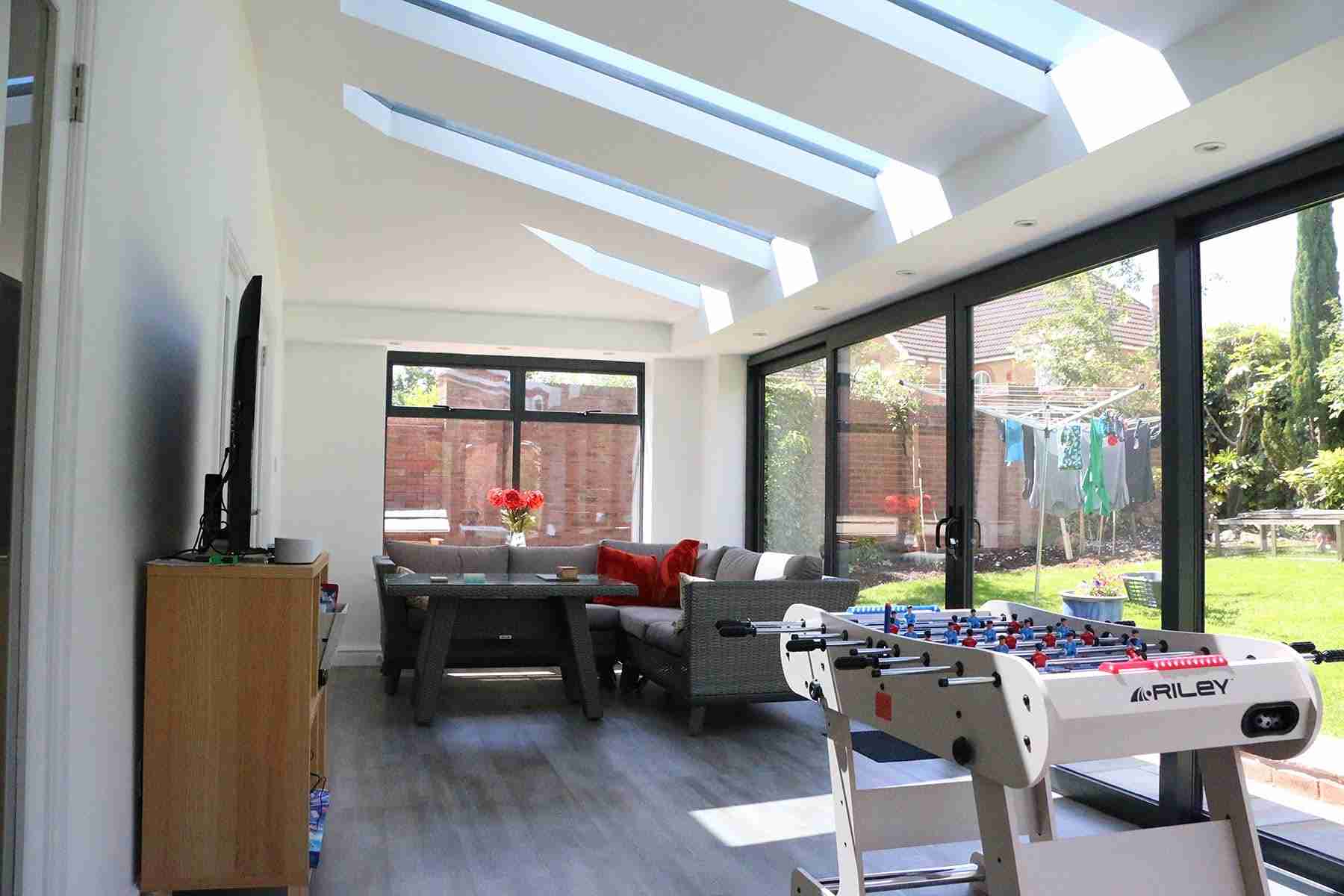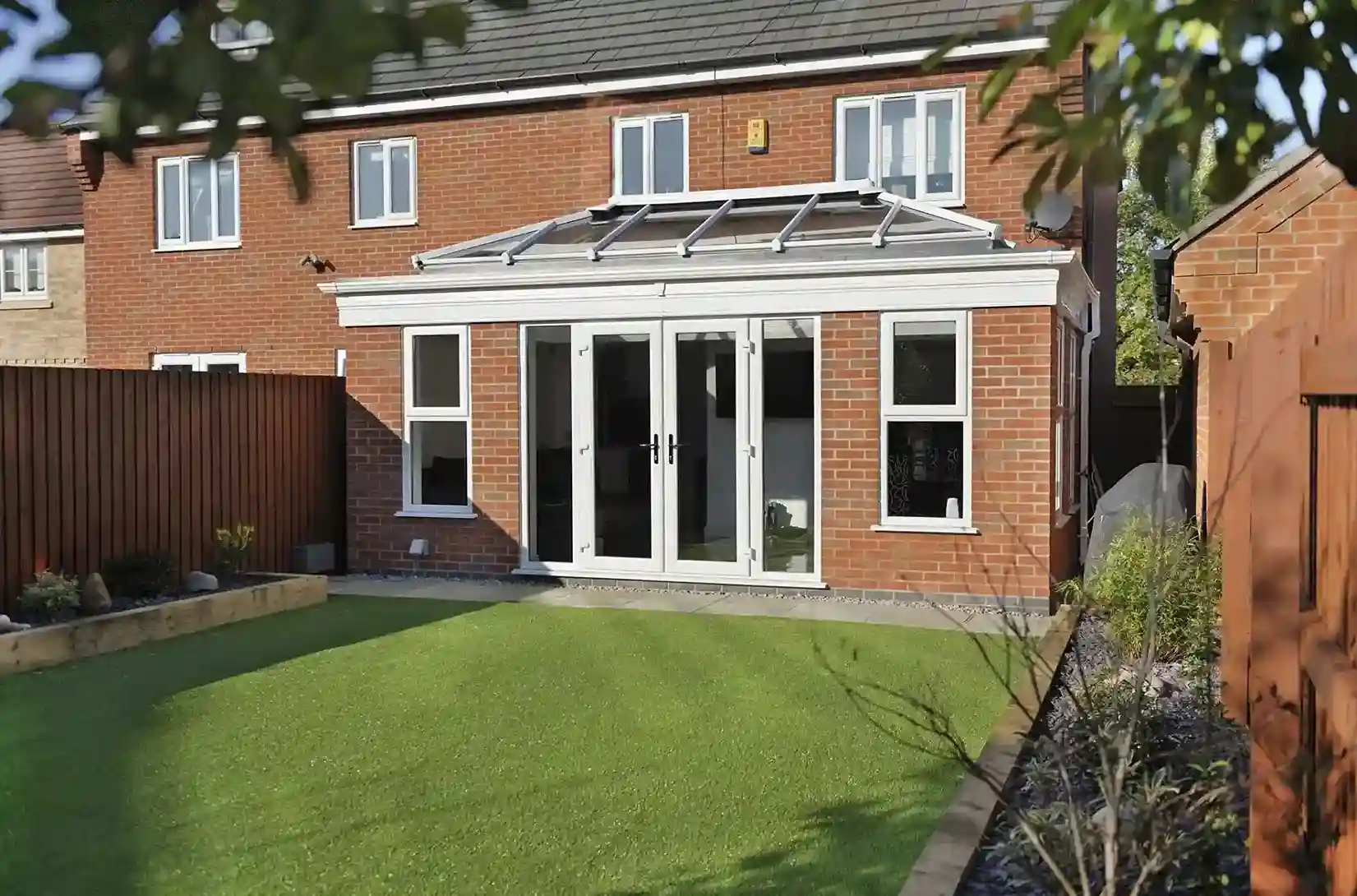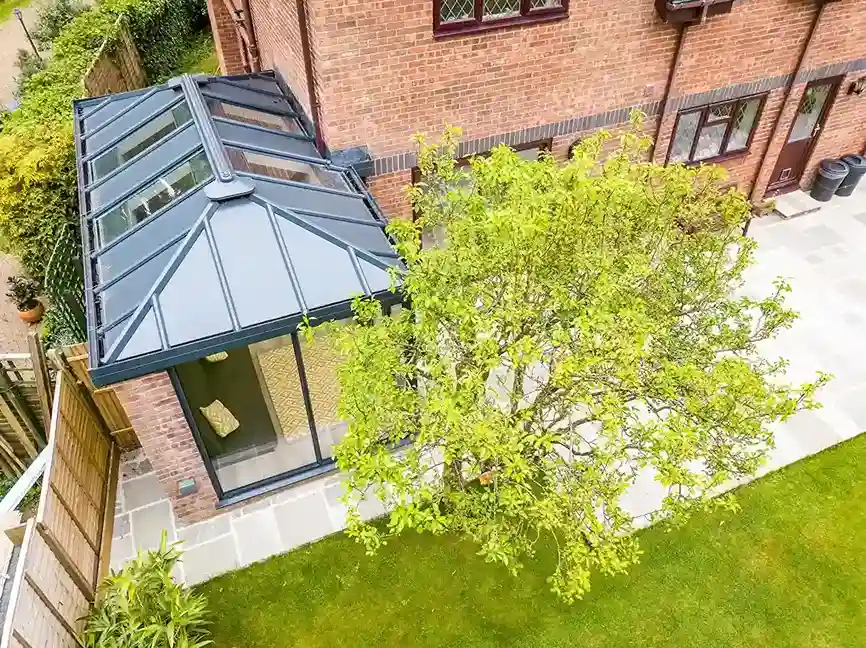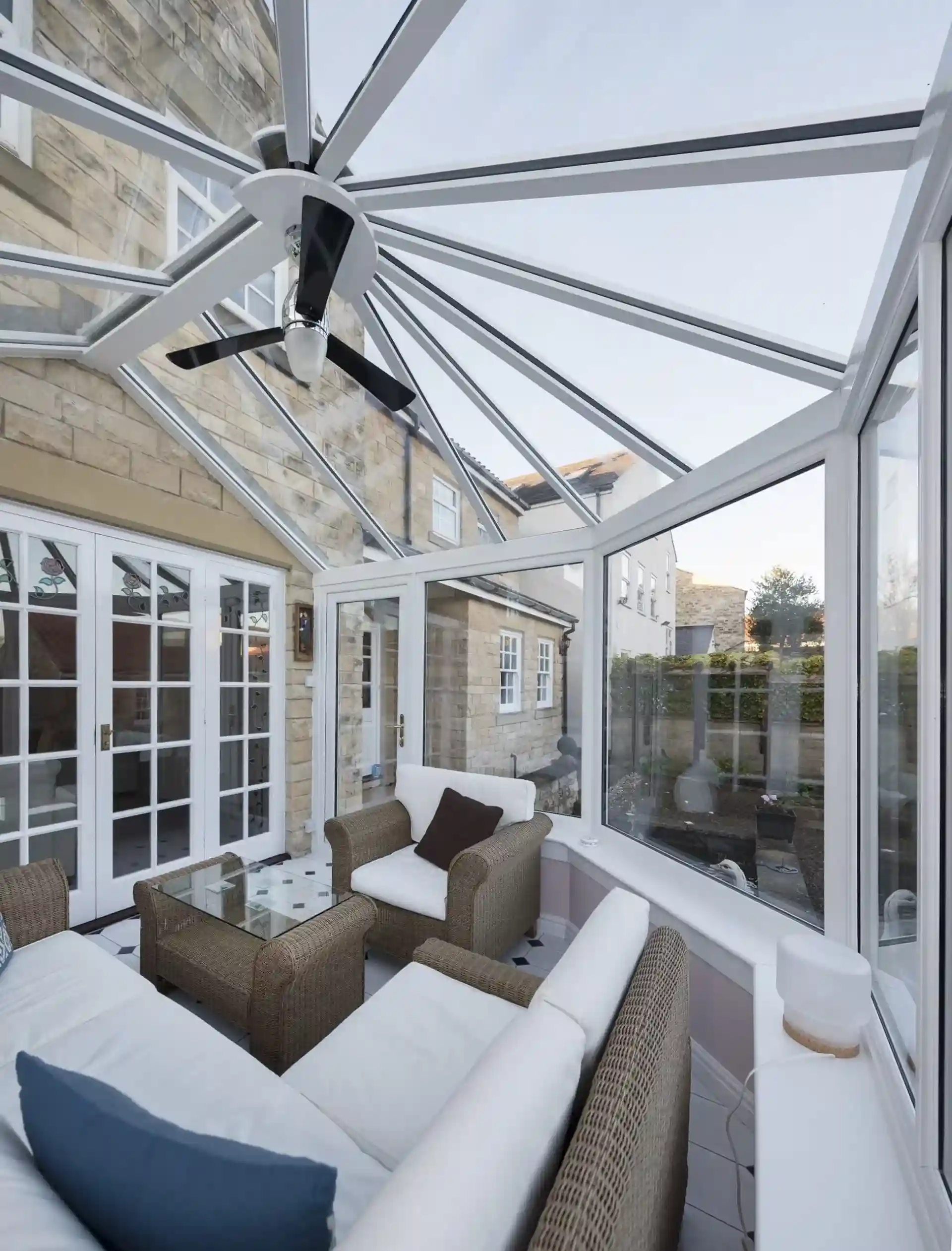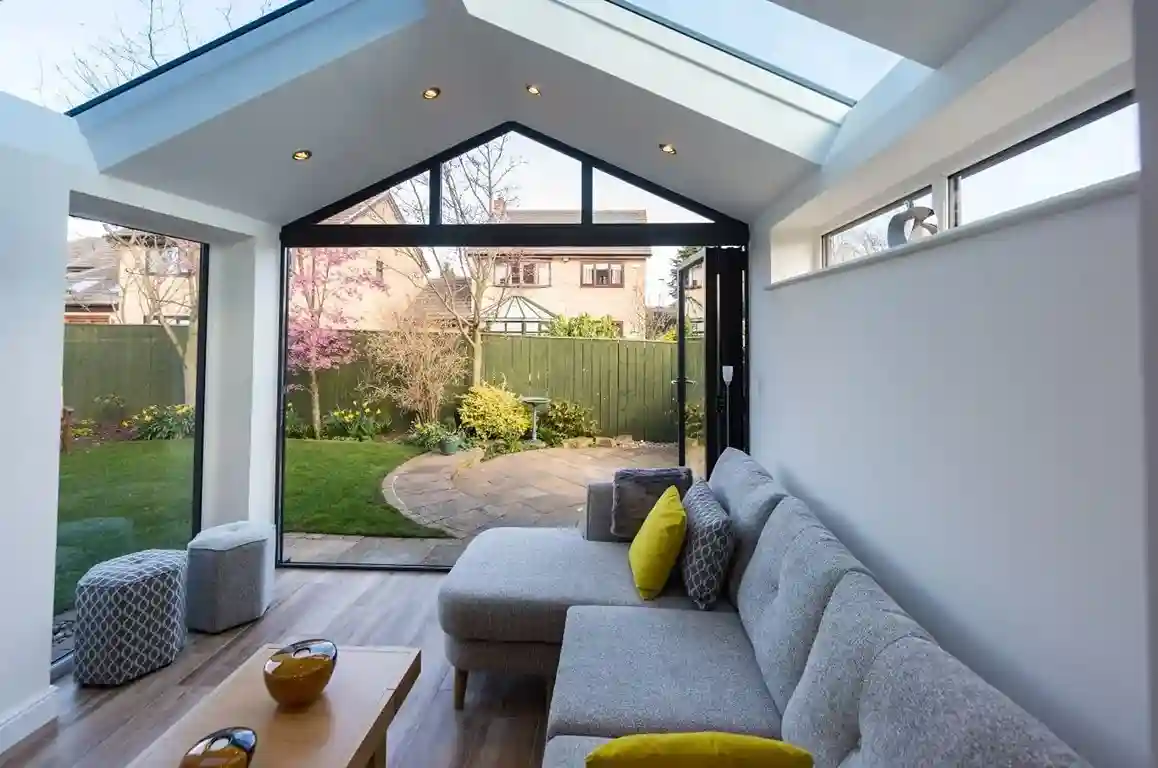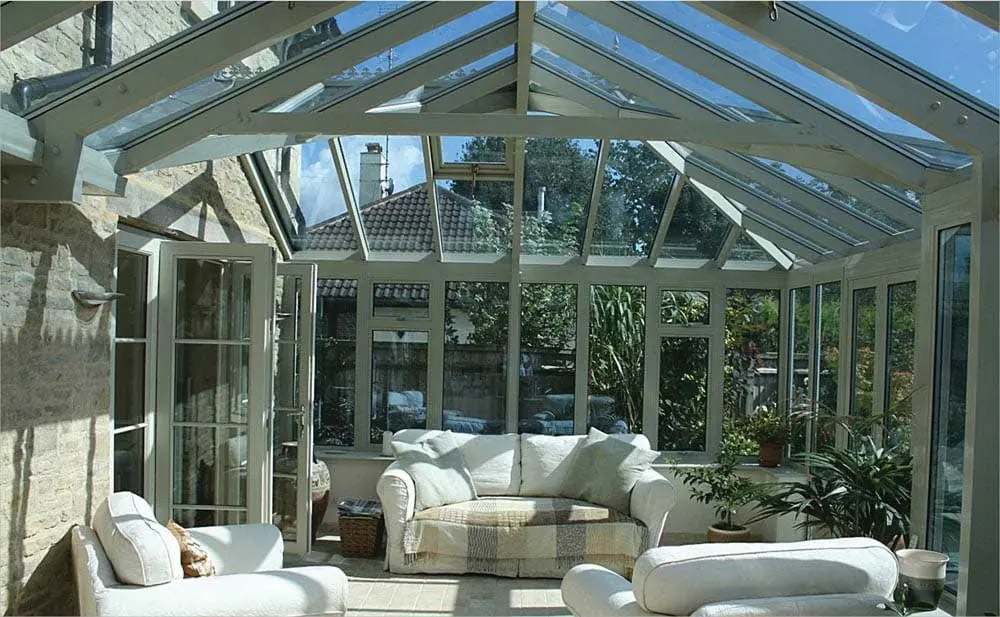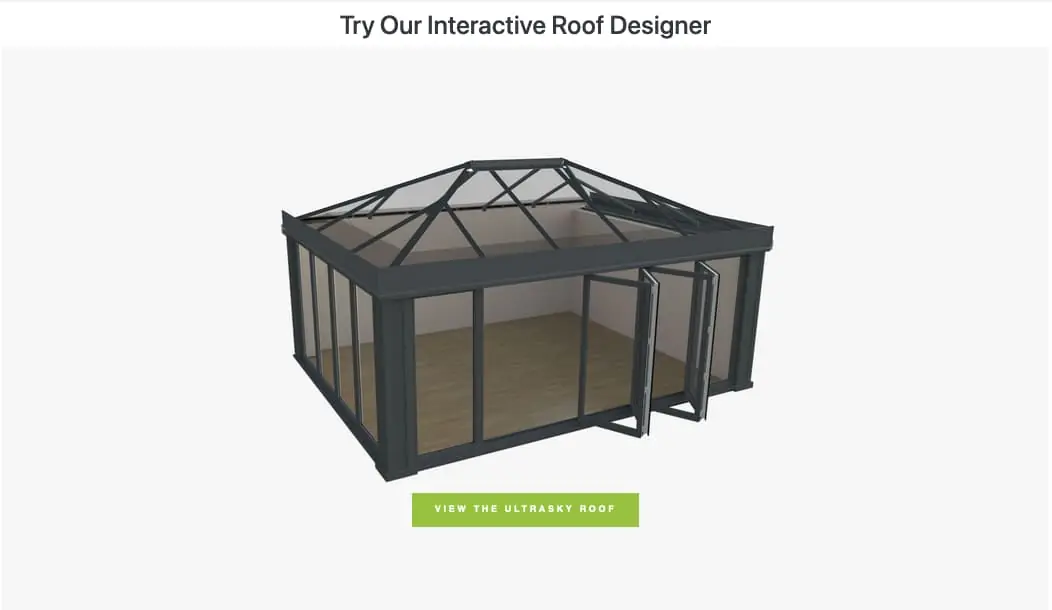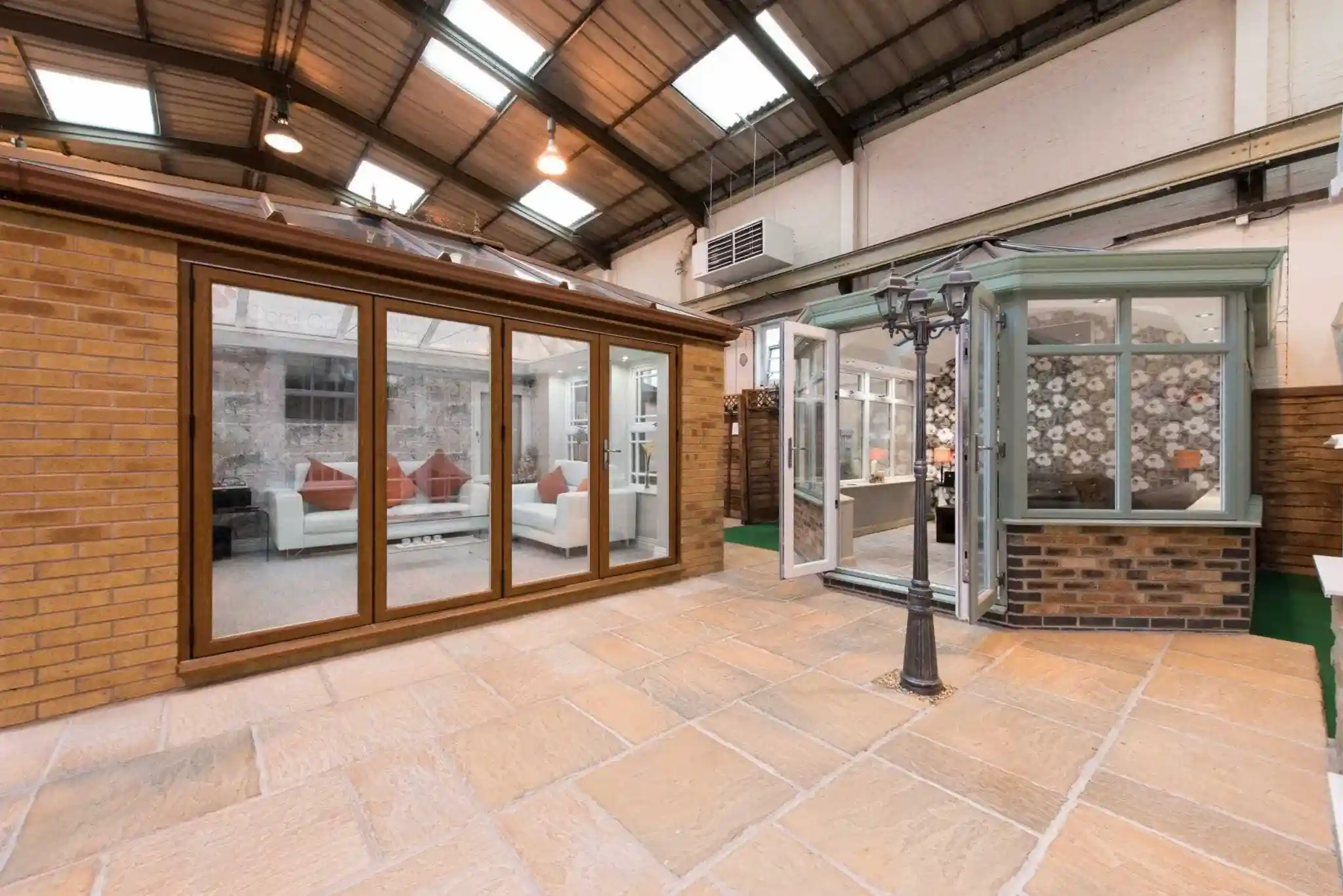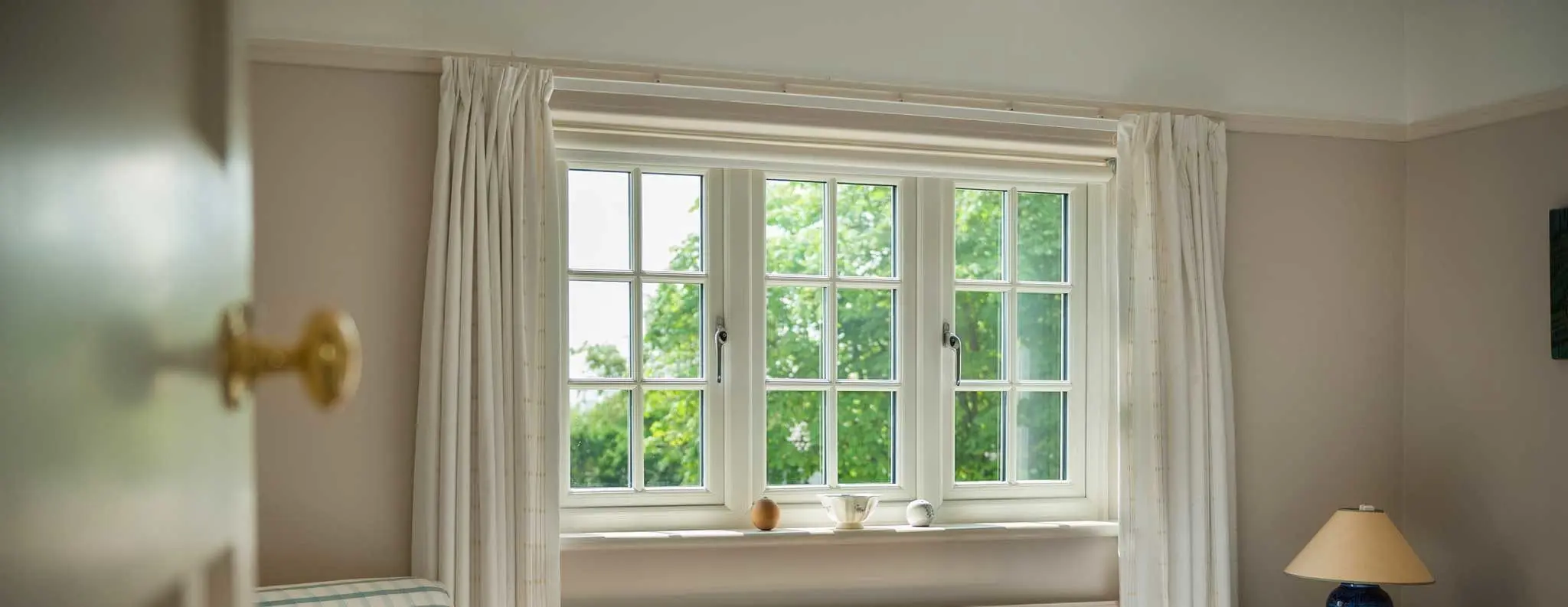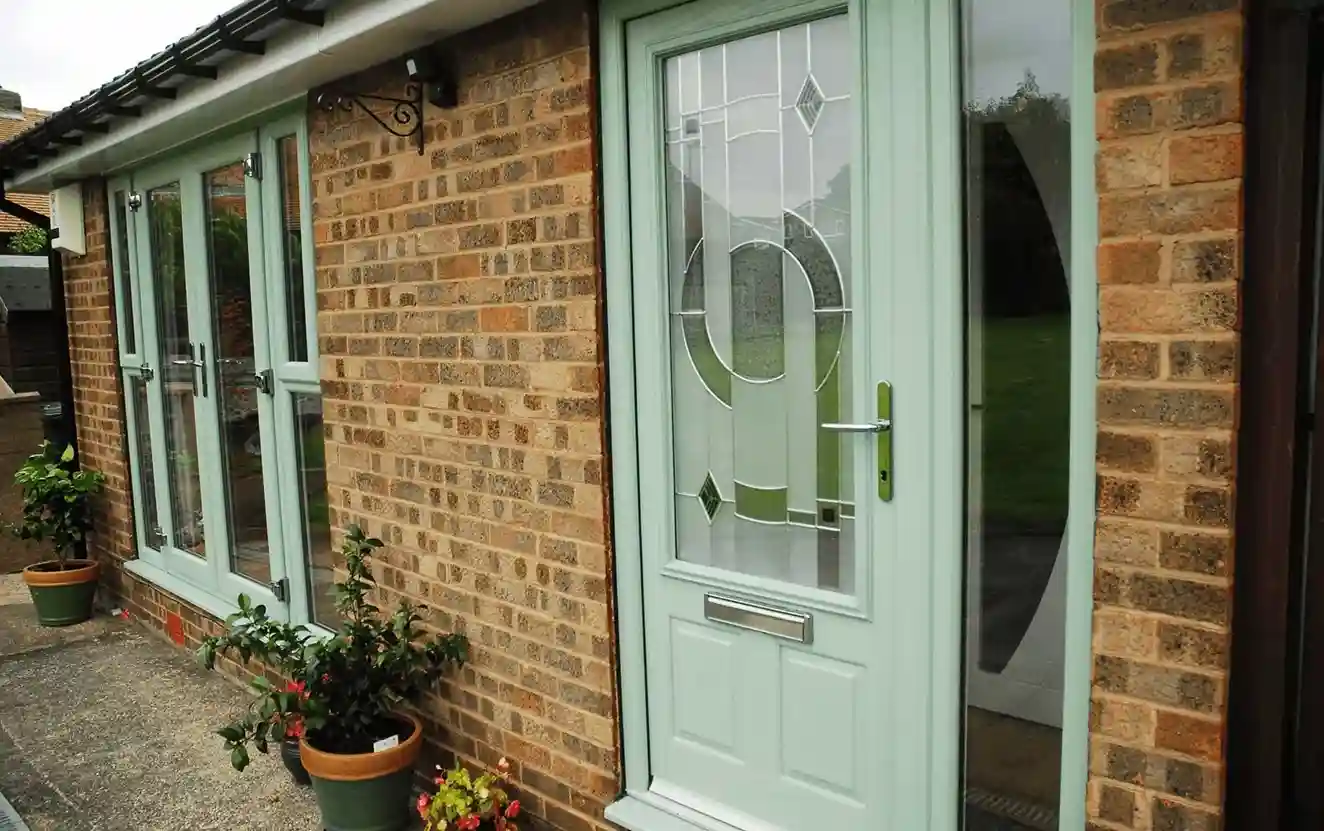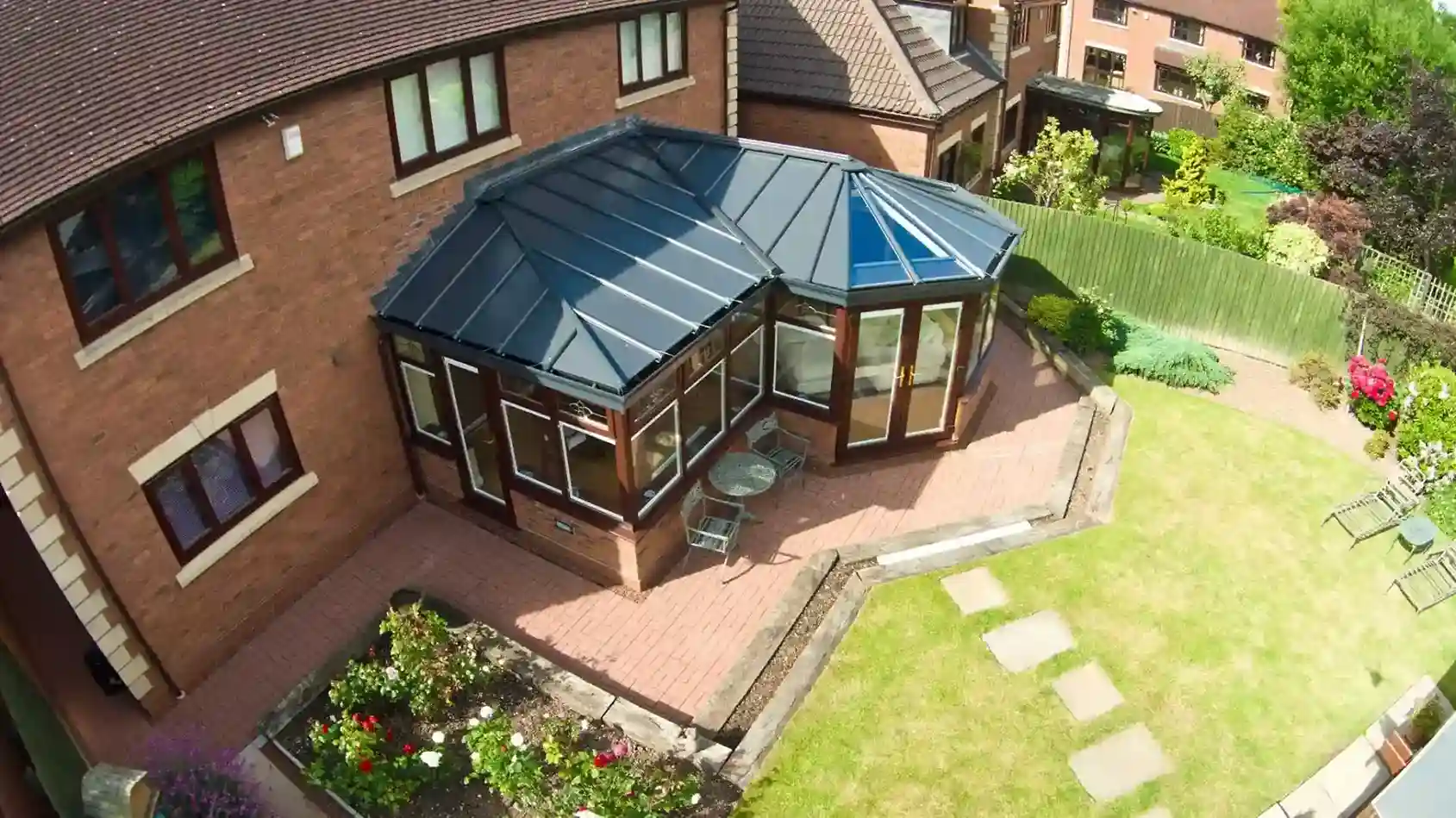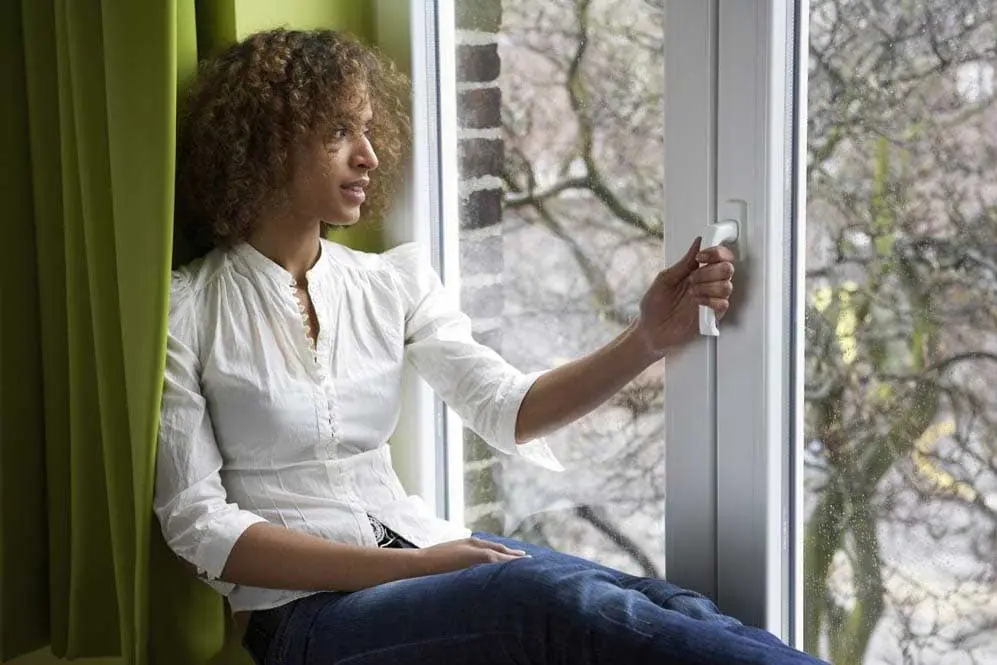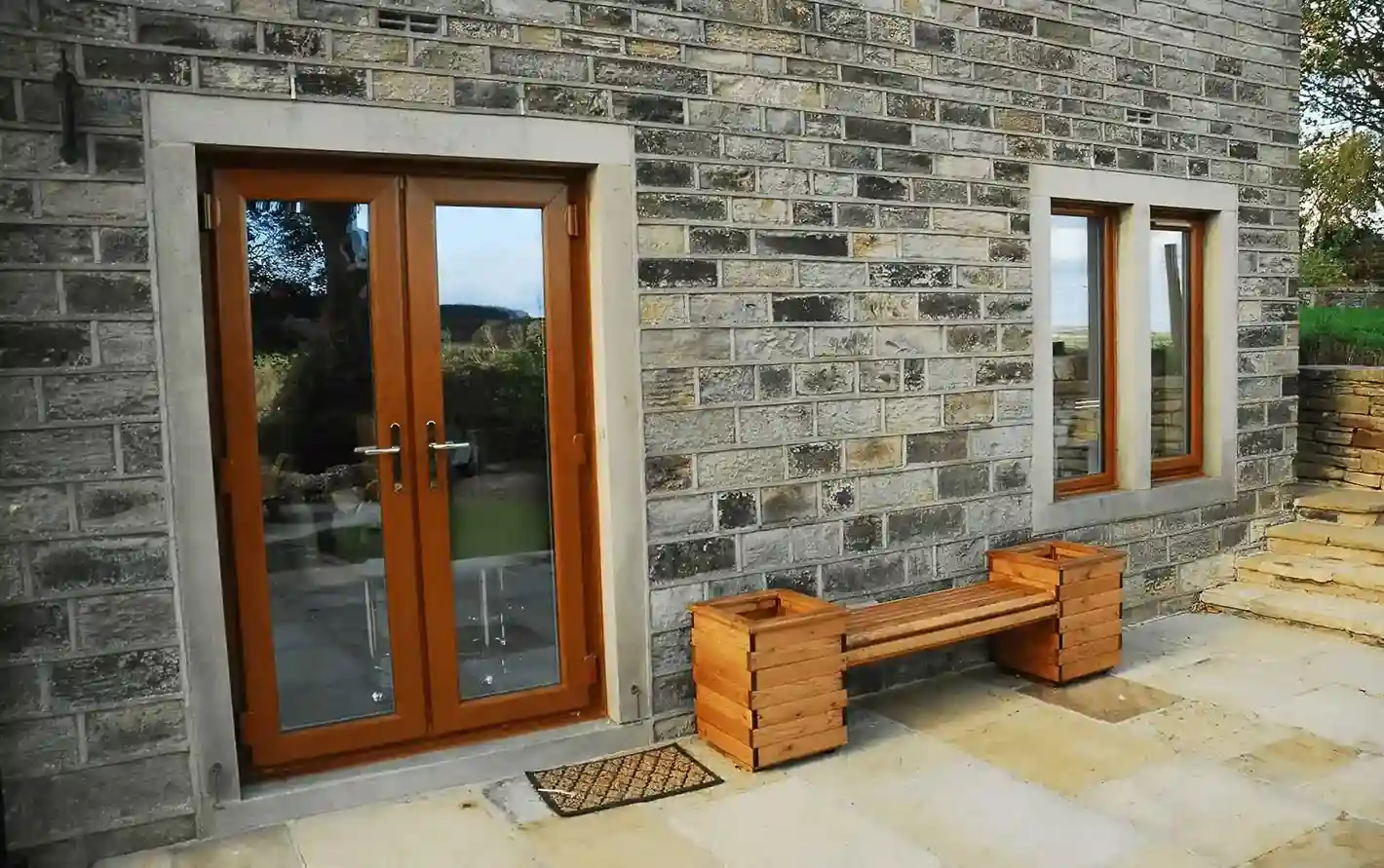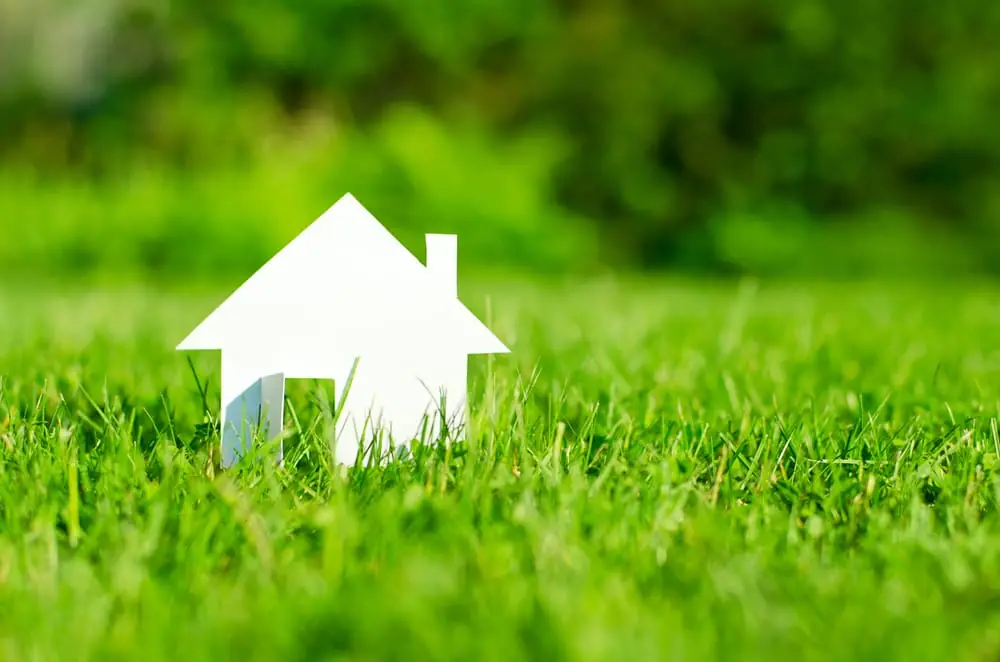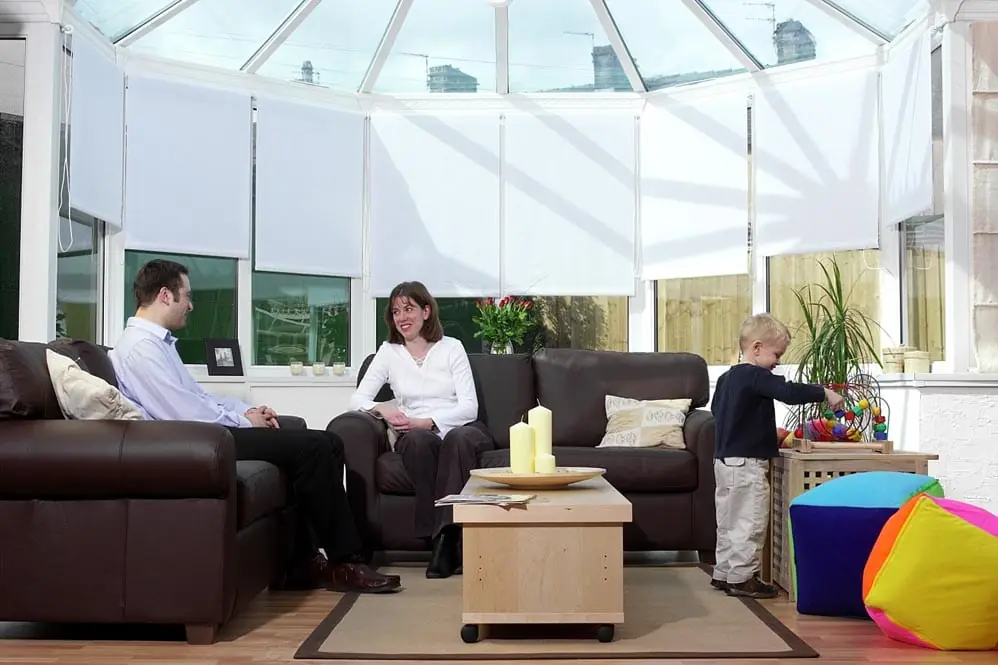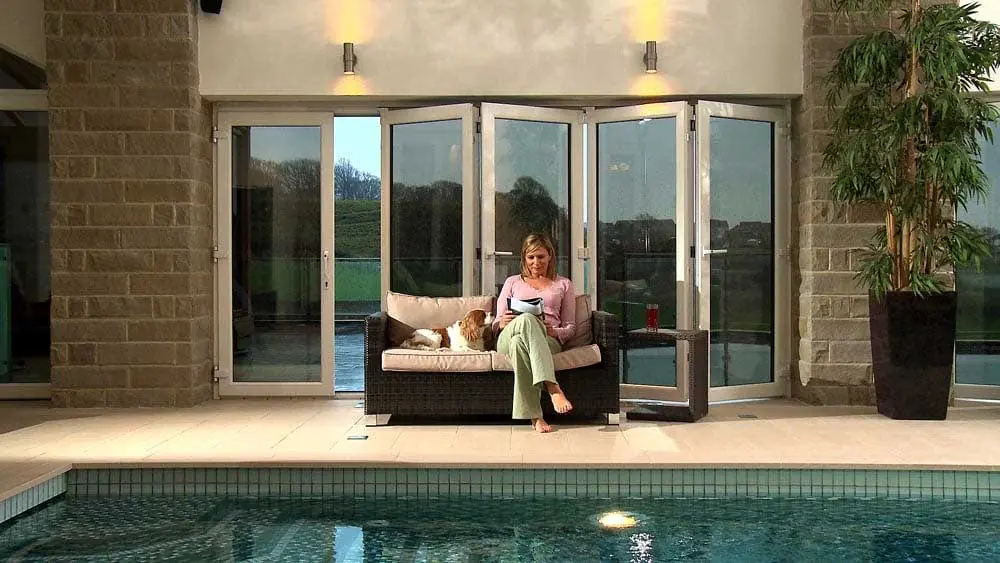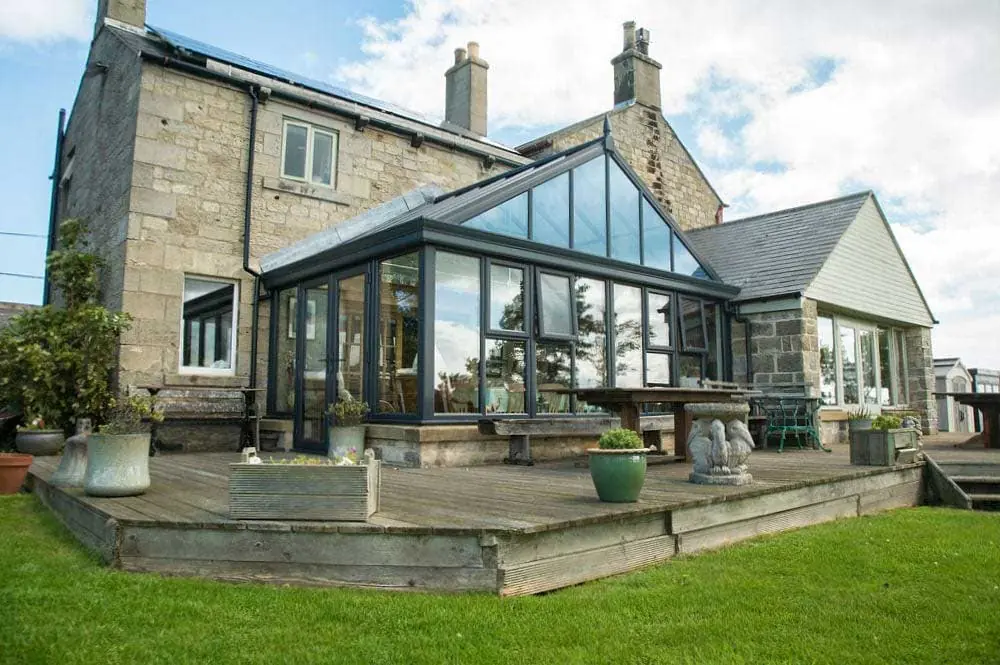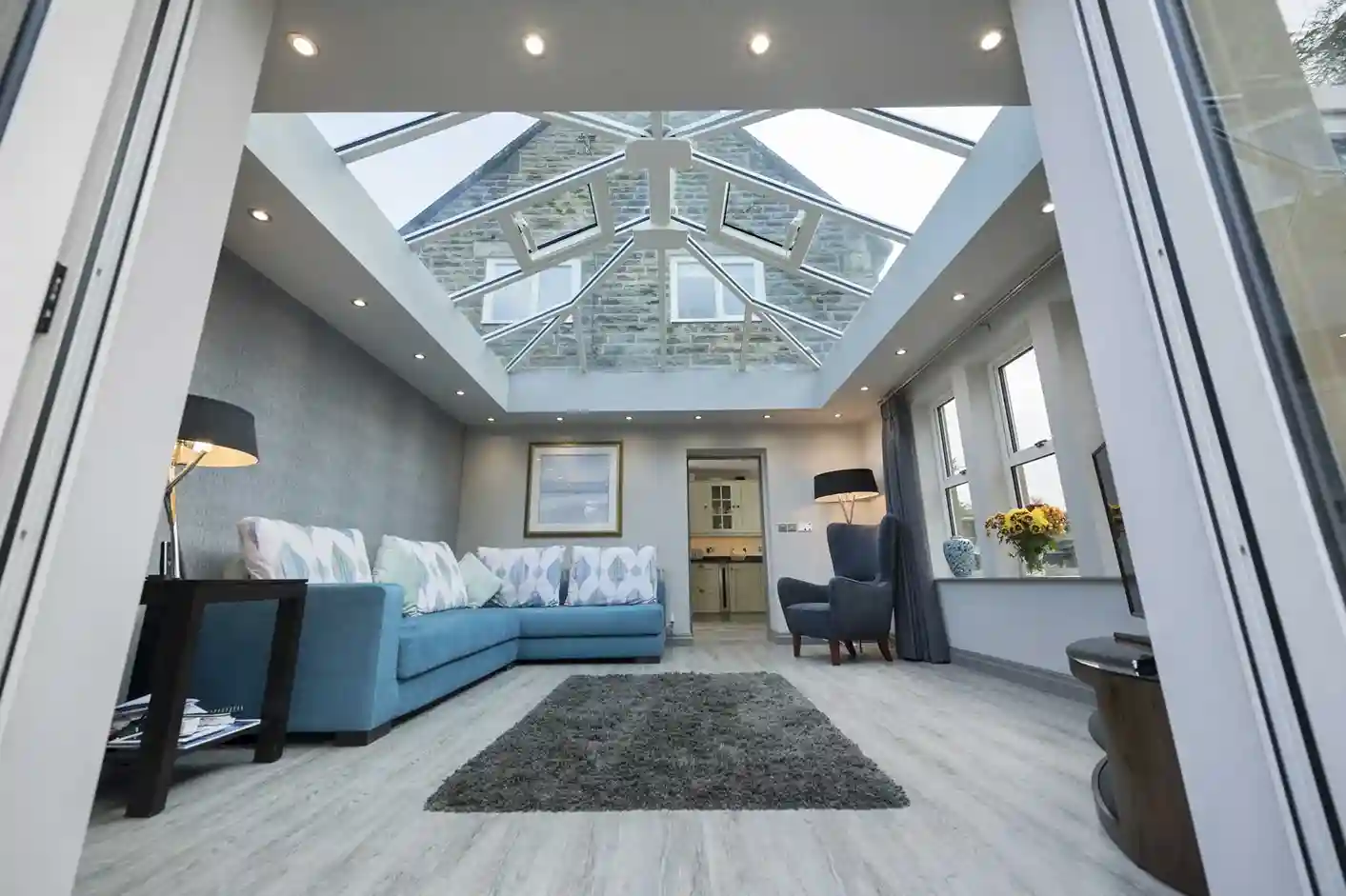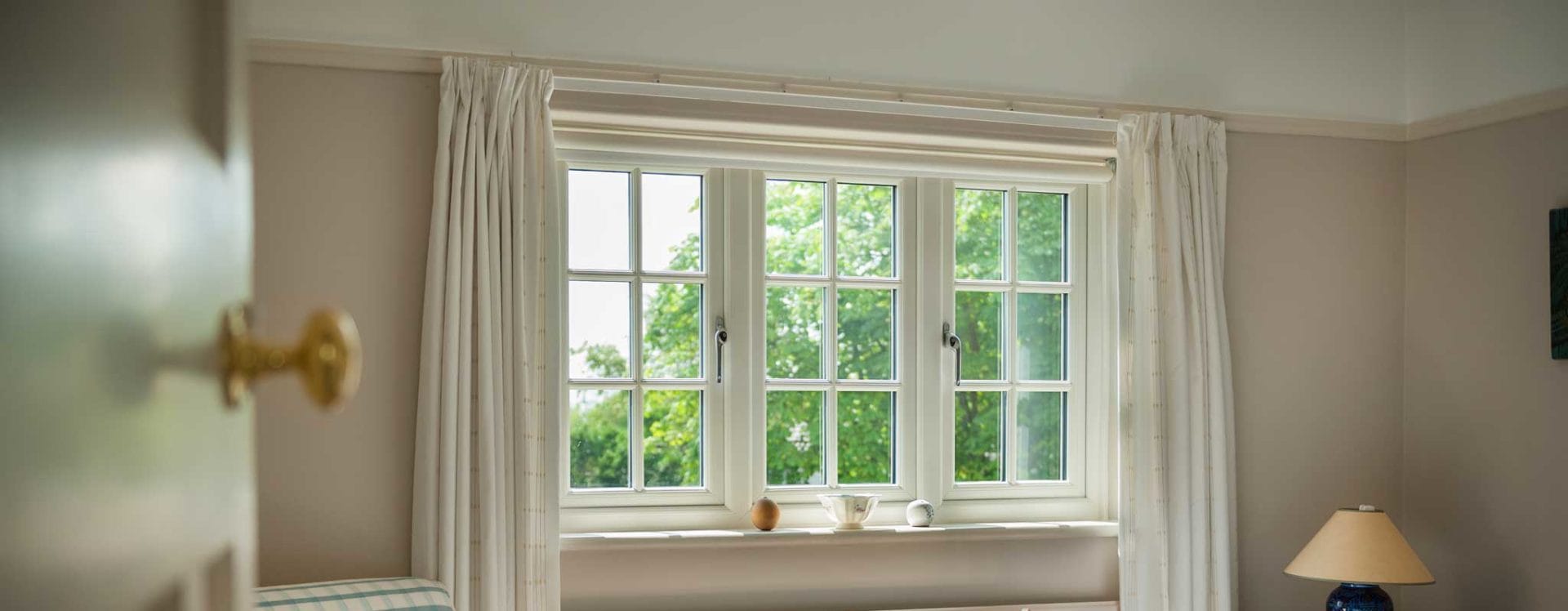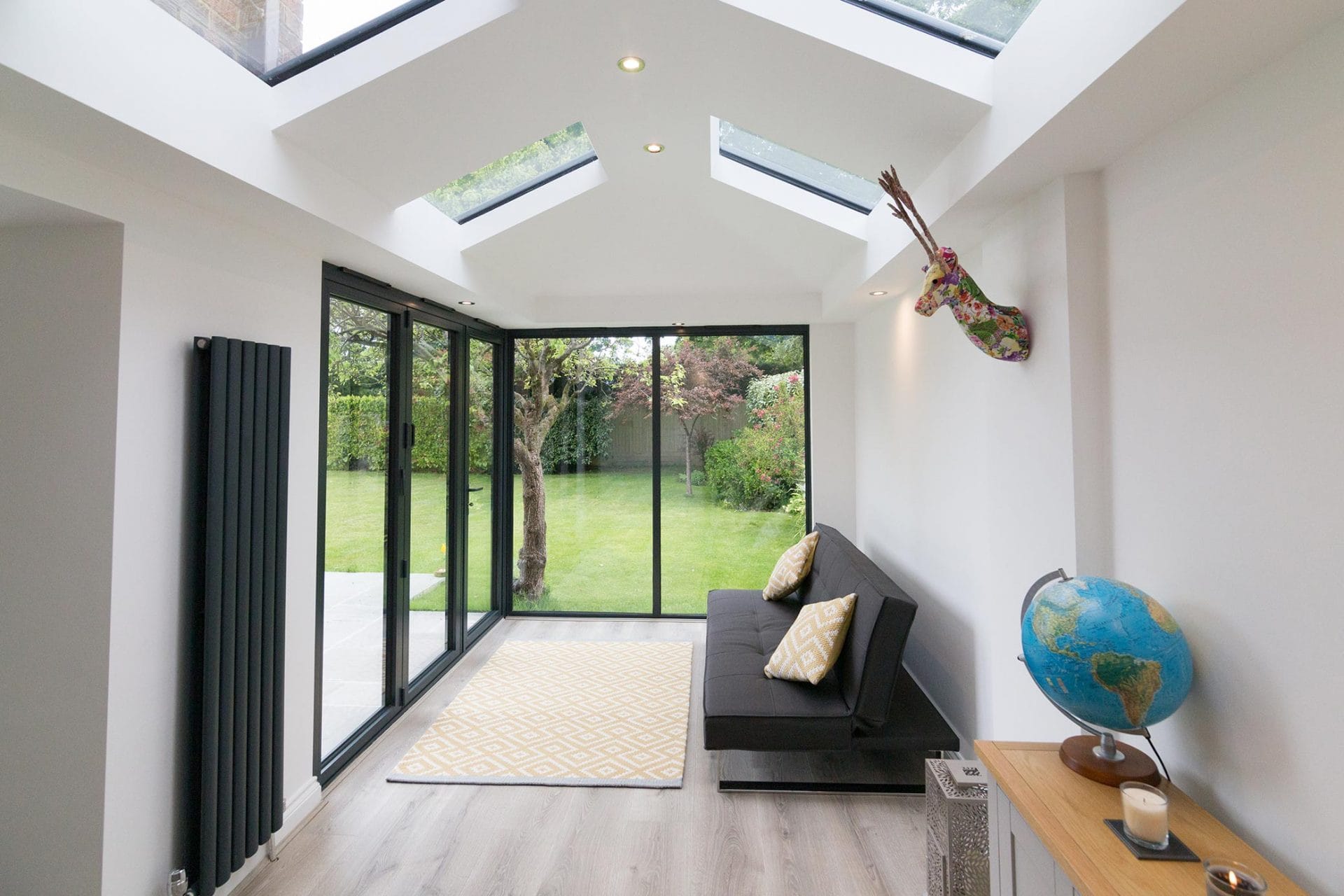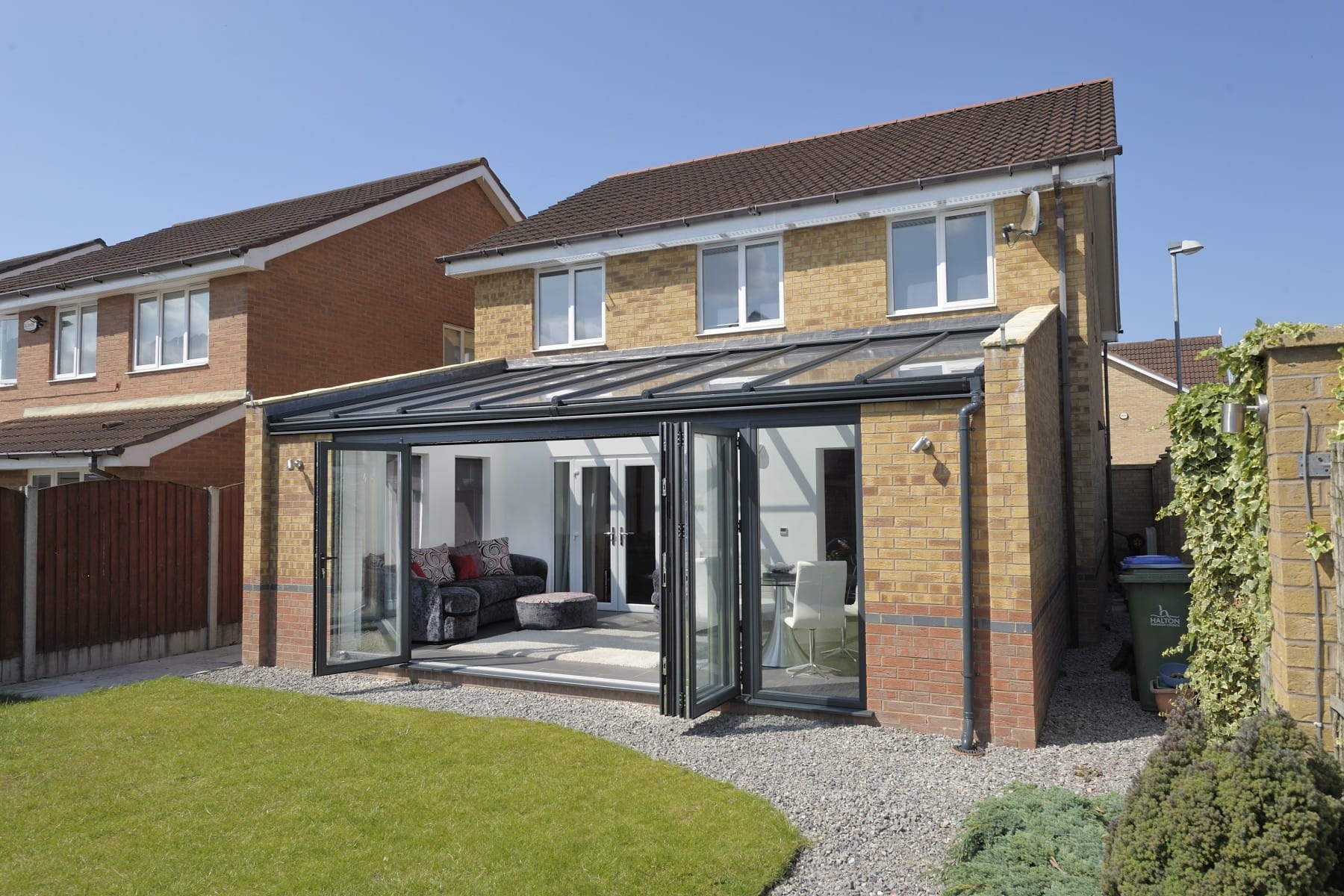Top five tips for creating a more relaxed living space
Home is different for everyone whether it be a family space, work environment or the place you long to escape to after a busy day, but no matter how you use your home it should be a place of relaxation and safety from the outside world.
Adding new windows and doors or extending living areas with conservatories and extensions is great for improving the thermal efficiencies and safety of your home and enhances living areas but how do you create a relaxed environment within the walls of your home?
Below you will find five top tips to focus on when creating a relaxed space to enjoy living.
Room Layout
When you enter a room seeing how the space is used within has a big impact on how it can make you feel. A space that is full of furniture, minimal in daylight and full of clutter will have a negative impact on mood and create an environment that is frustrating, not relaxing.
Look at the room and decide firstly if you do need all the items of furniture within. Could a piece be used more successfully in another part of your home? Next, look at the layout and decide if any changes could be made. Remember to remove furniture from in front of radiators to allow for the best circulation of heat in the cooler months. Ensure that daylight can flood the space by not blocking windows with furniture too.
Storage
Good storage makes life less stressful and creates a more streamlined aesthetic in a room creating a space that appears larger and is a lot more practical. Stress impacts on relaxation so ensure you and your family know where to find toys, books, keys or school items by giving everything a suitable home. The high street has an excellent range of storage options from boxes, bags, baskets and even multi-function items such as lamps with shelves below. Getting organised in your living space will definitely enhance those relaxing vibes.
Lighting
Creates a mood in a room that will reflect the use of a space. An overhead light or spotlighting creates a brighter light suitable for working, reading or playing whereas a softer glow from a lamp or candle will create a much more subdued atmosphere perfect for unwinding. Consider the different uses a room has and add in more than one light source to adapt lighting throughout the day. Don’t forget the health benefits of daylight so ensure windows have dressing such as blinds to create adaptable light levels and privacy.
Colour and Texture
These have a huge impact on how we feel. For some colour is the focus for a relaxing environment and for others it is the absence of colour but the importance of texture that enhances relaxation. Whatever is right for you is what will create the most soothing environment for you to return home to.
Colour is a powerful tool when it comes to decorating a room, it has the power to open up or close a space and different colours affect peoples’ moods in different ways. Do your research and don’t be afraid to use tester pots and samples to explore before making a commitment.
Adding textures to space not only adds depth to a room but they also stimulate the senses which in turn has an effect on our relaxation. Rugs, cushions, throws and window dressings soften an aesthetic and prints, patterns and varied textures create interest enhancing aesthetics.
Personal
What truly makes a living space most relaxing is what makes it unique to you and your family. It is the finishing touches to a room, the paintings, drawings, photographs or art, the plants and meaningful accessories from life’s experiences or the treasured gifts form loved ones, these are the belongings that will evoke memories and enhance relaxation.
Categories: Advice, Decorating Tips, Home Improvement

